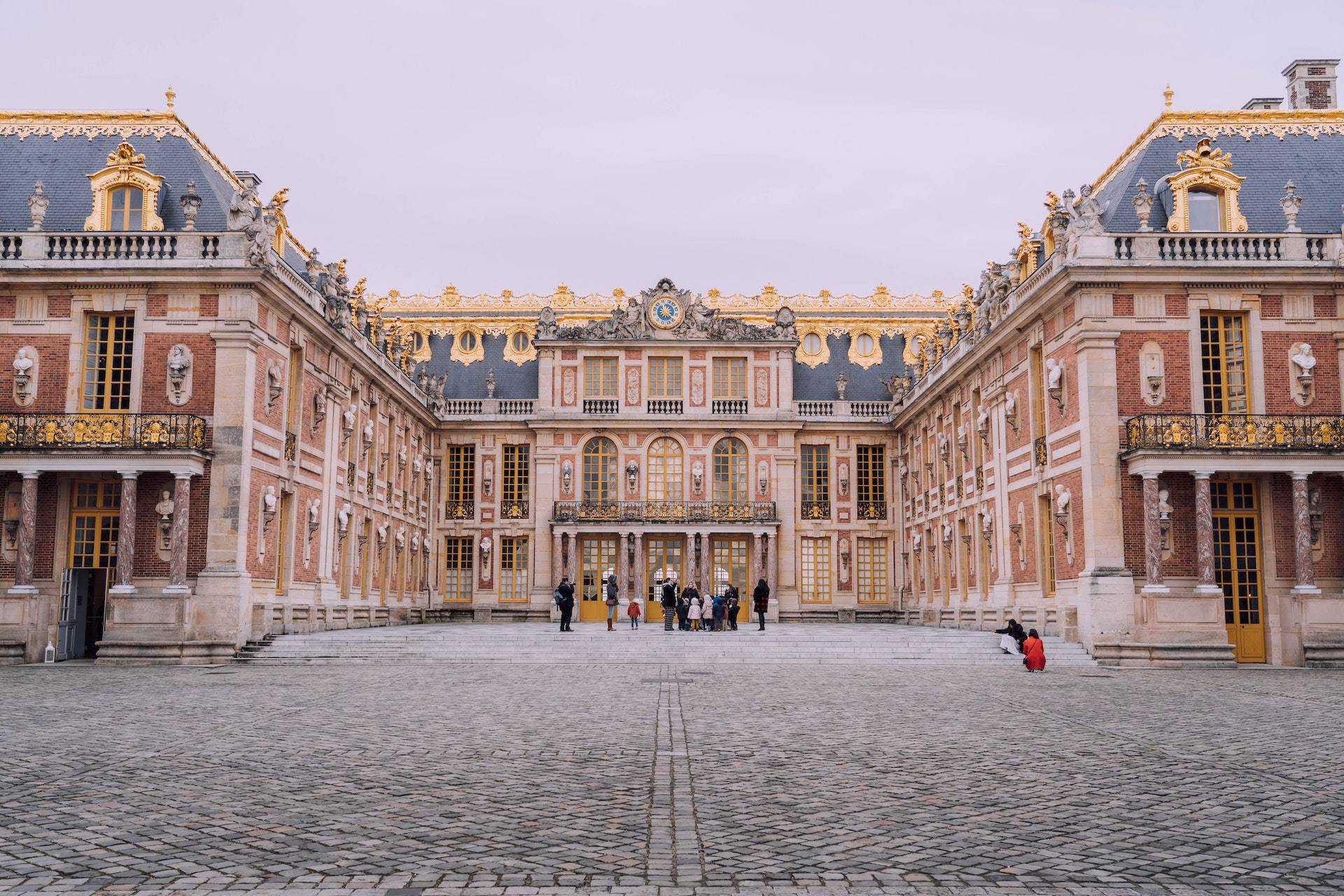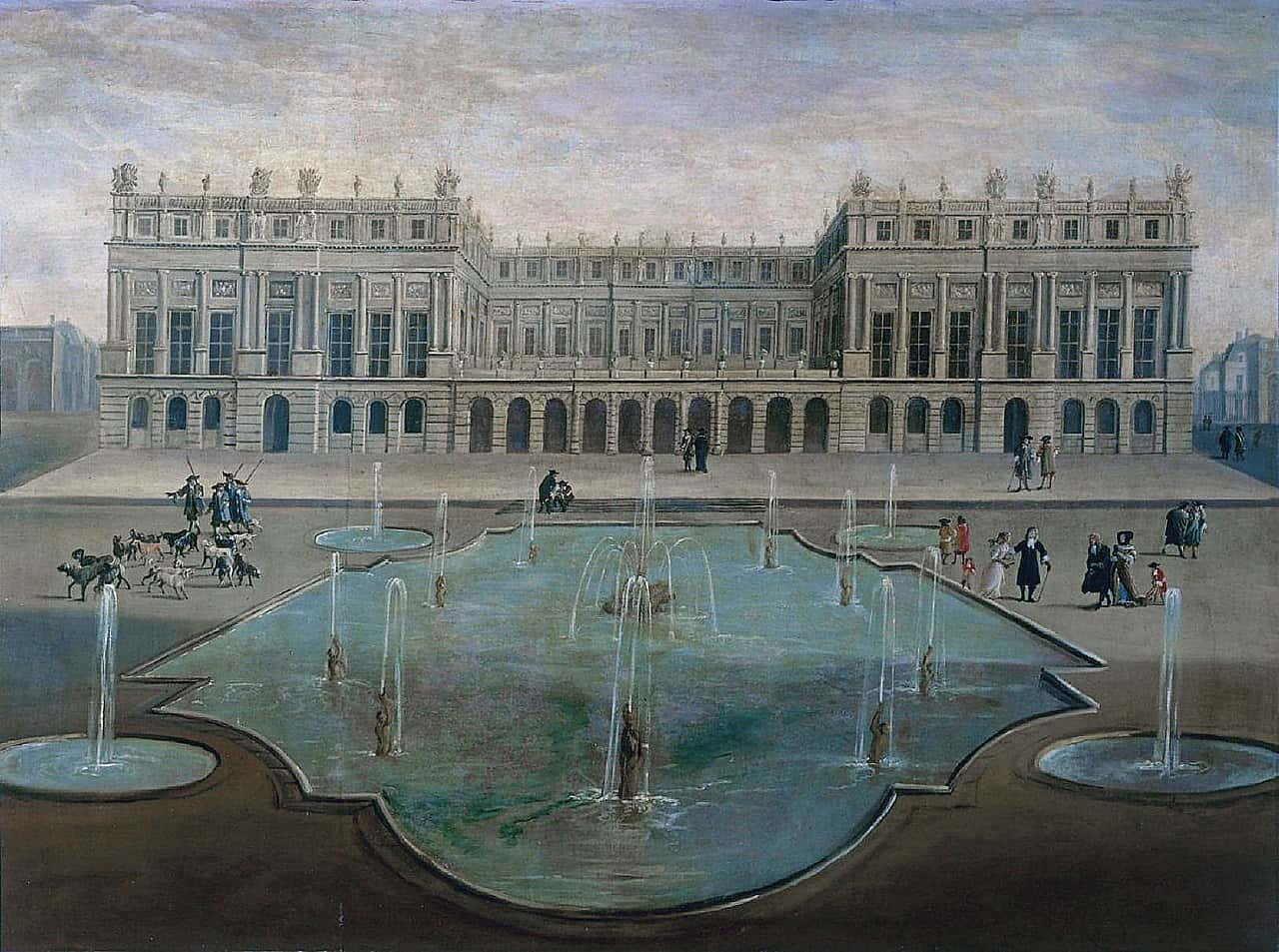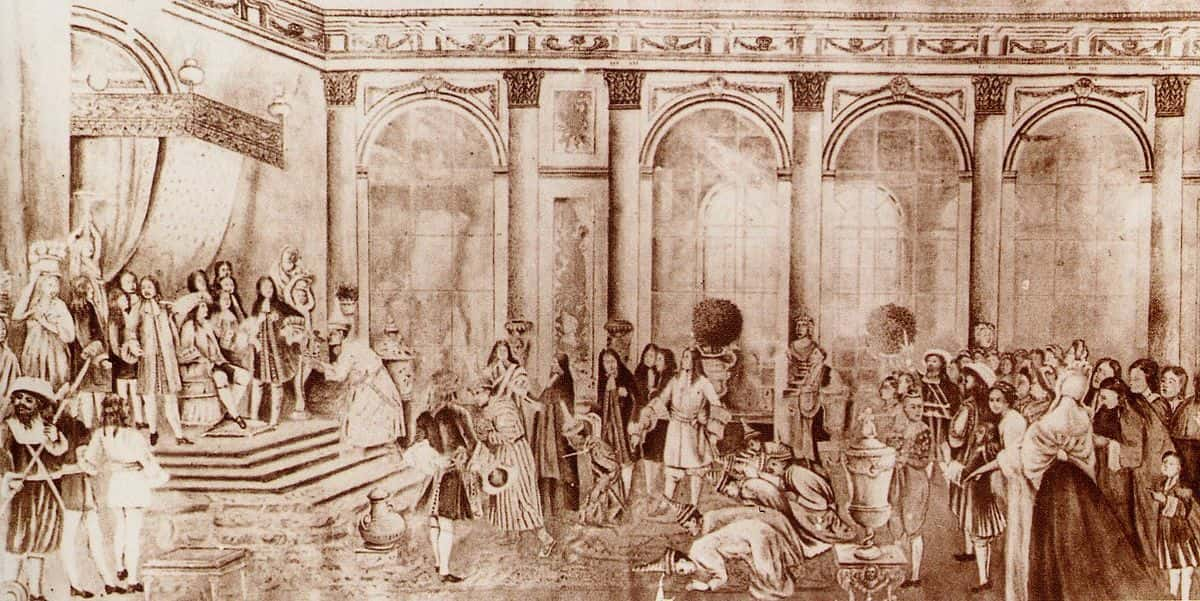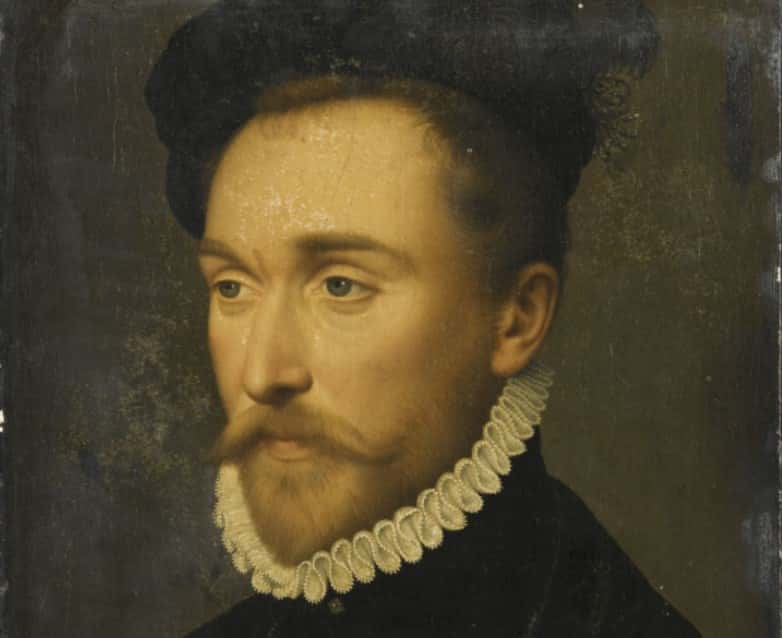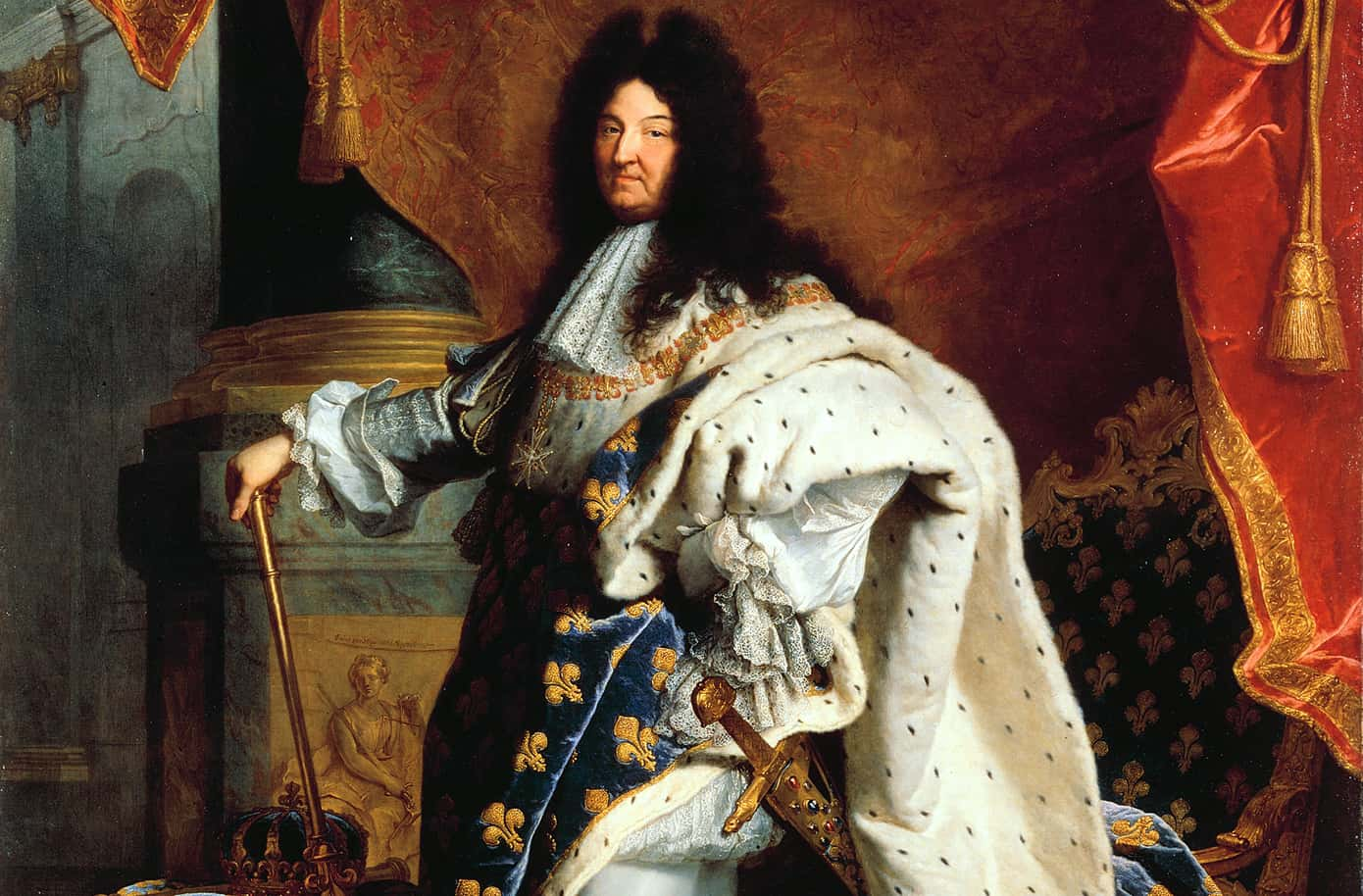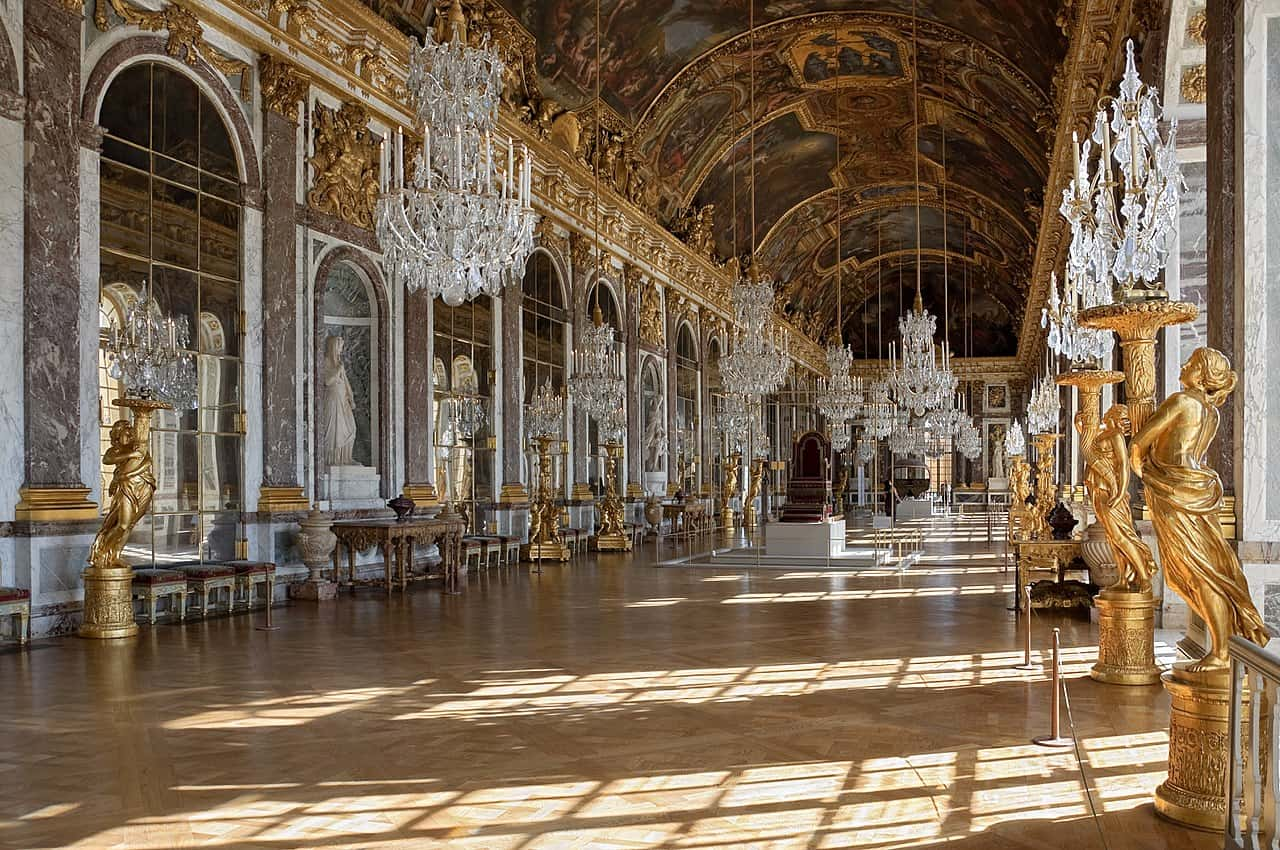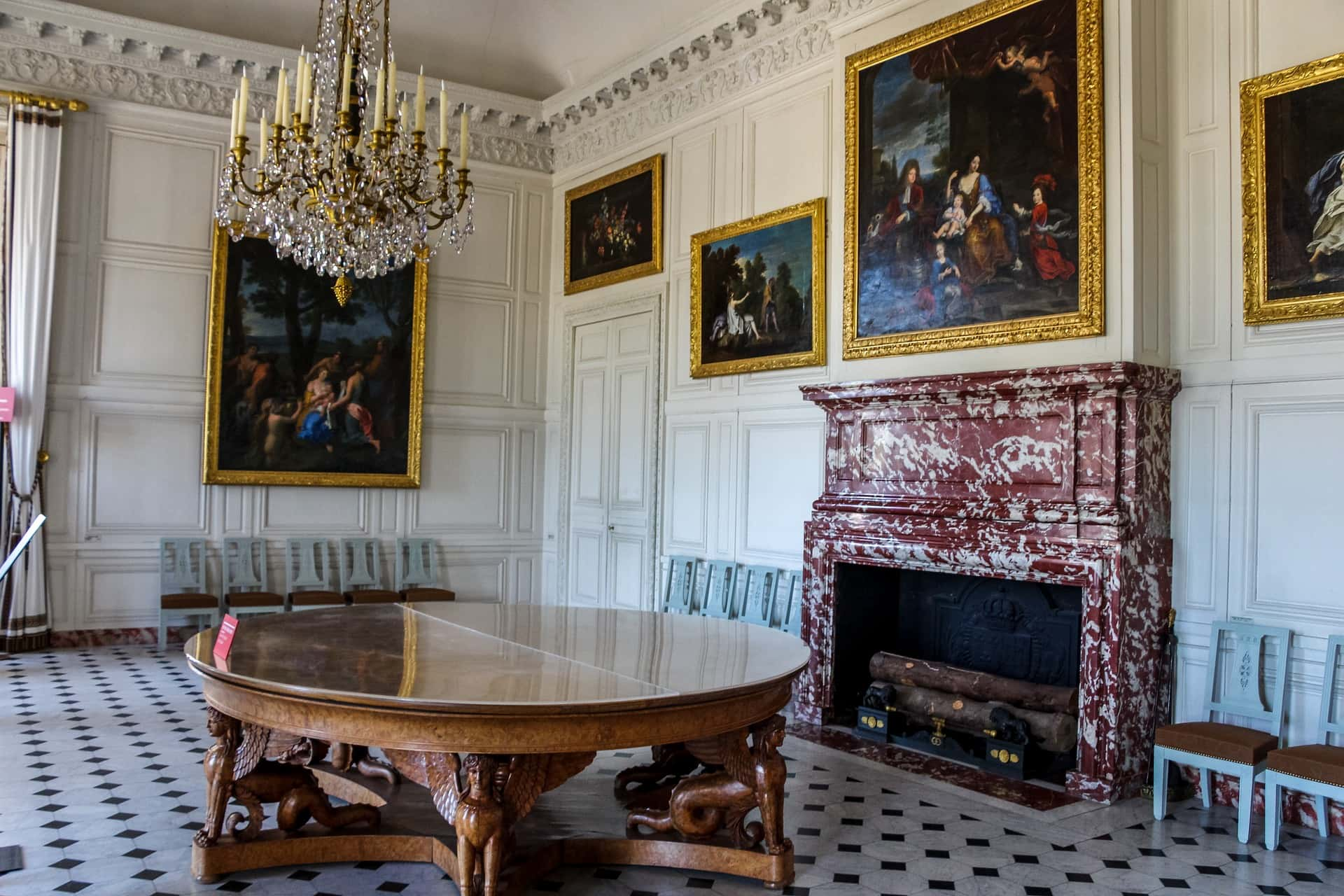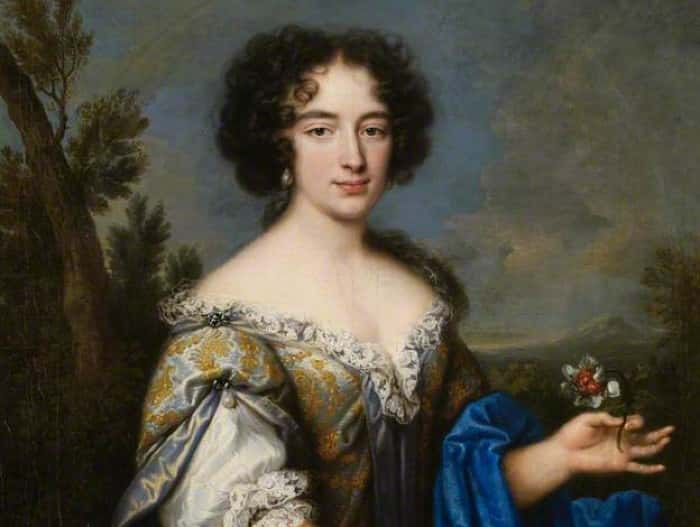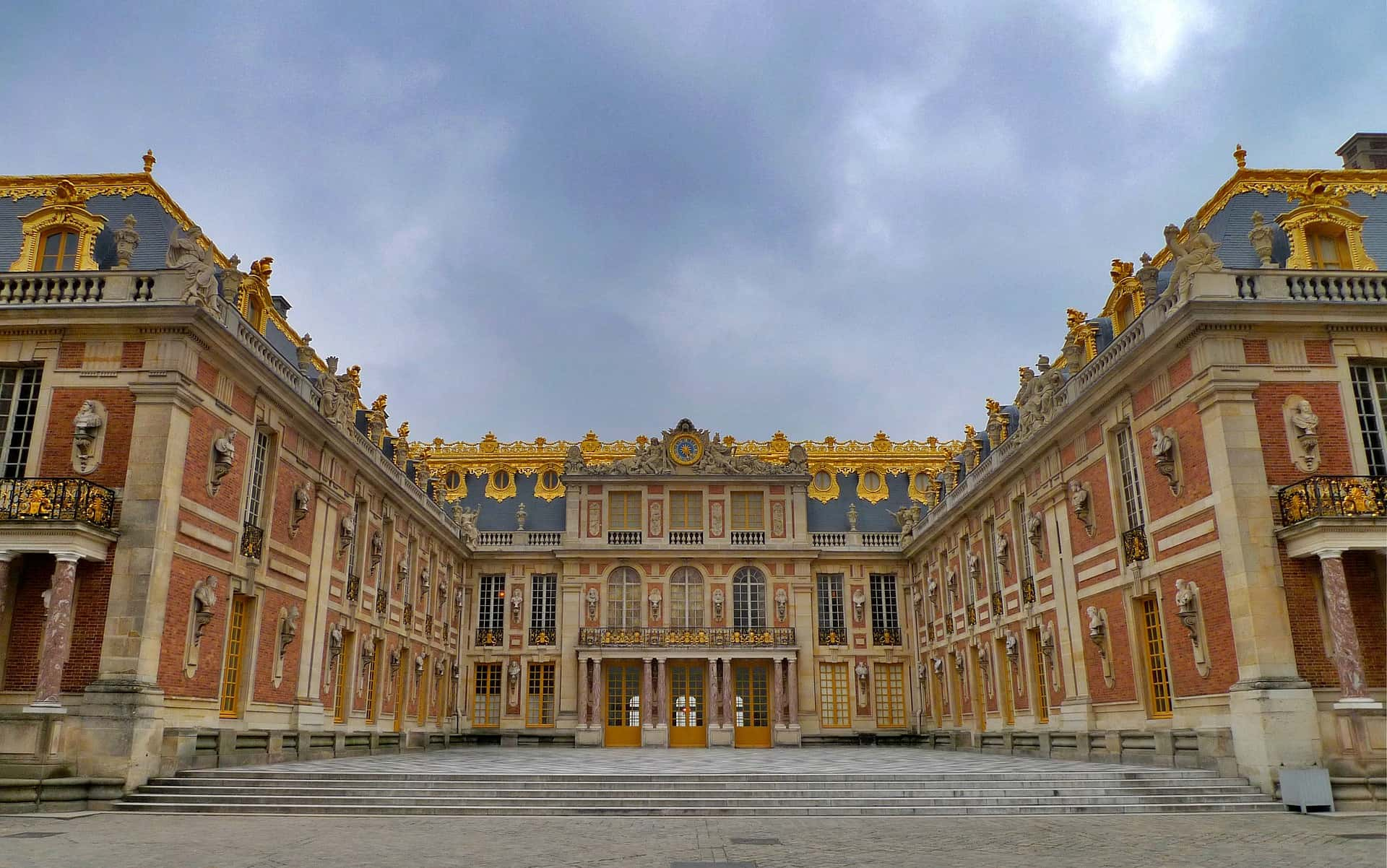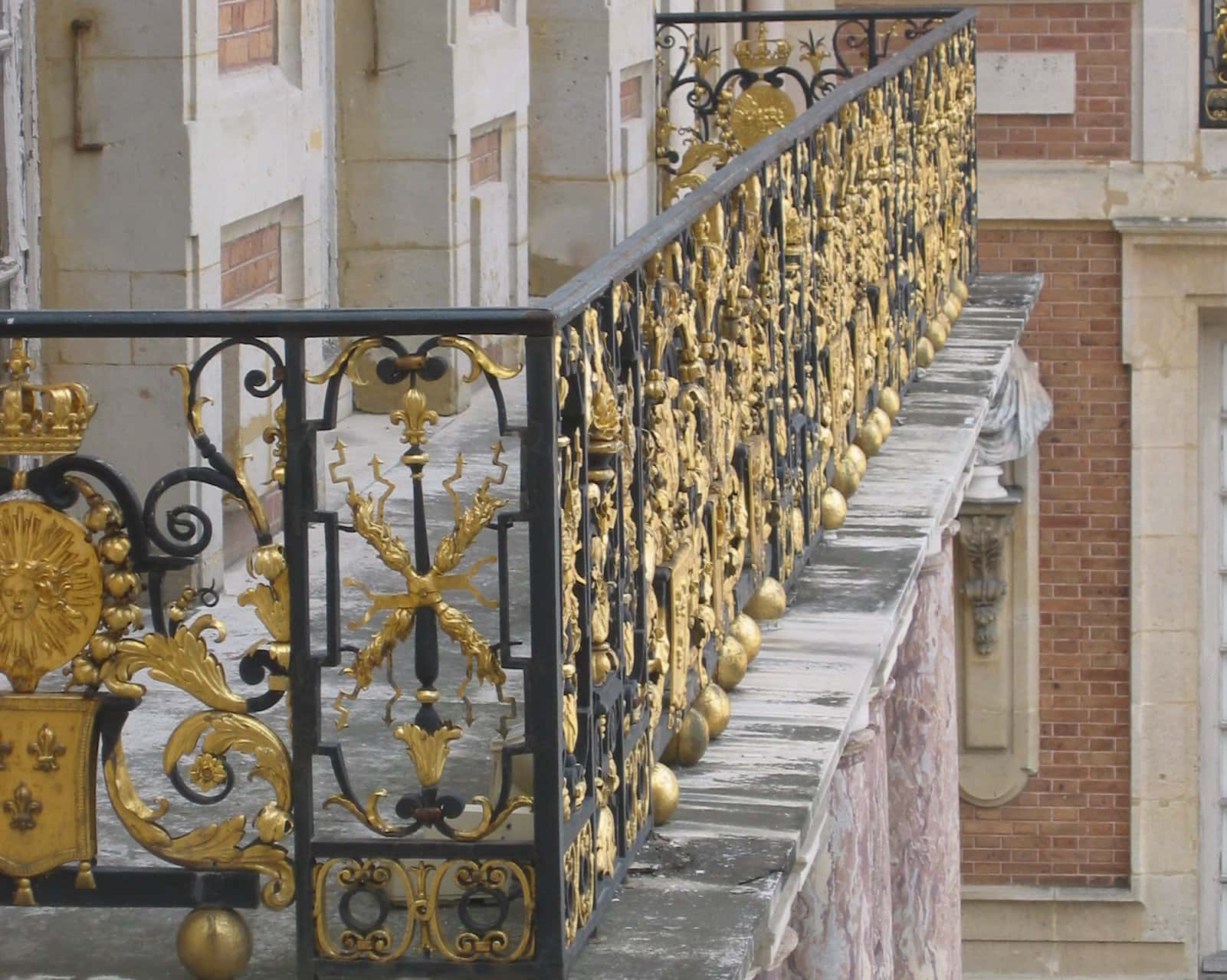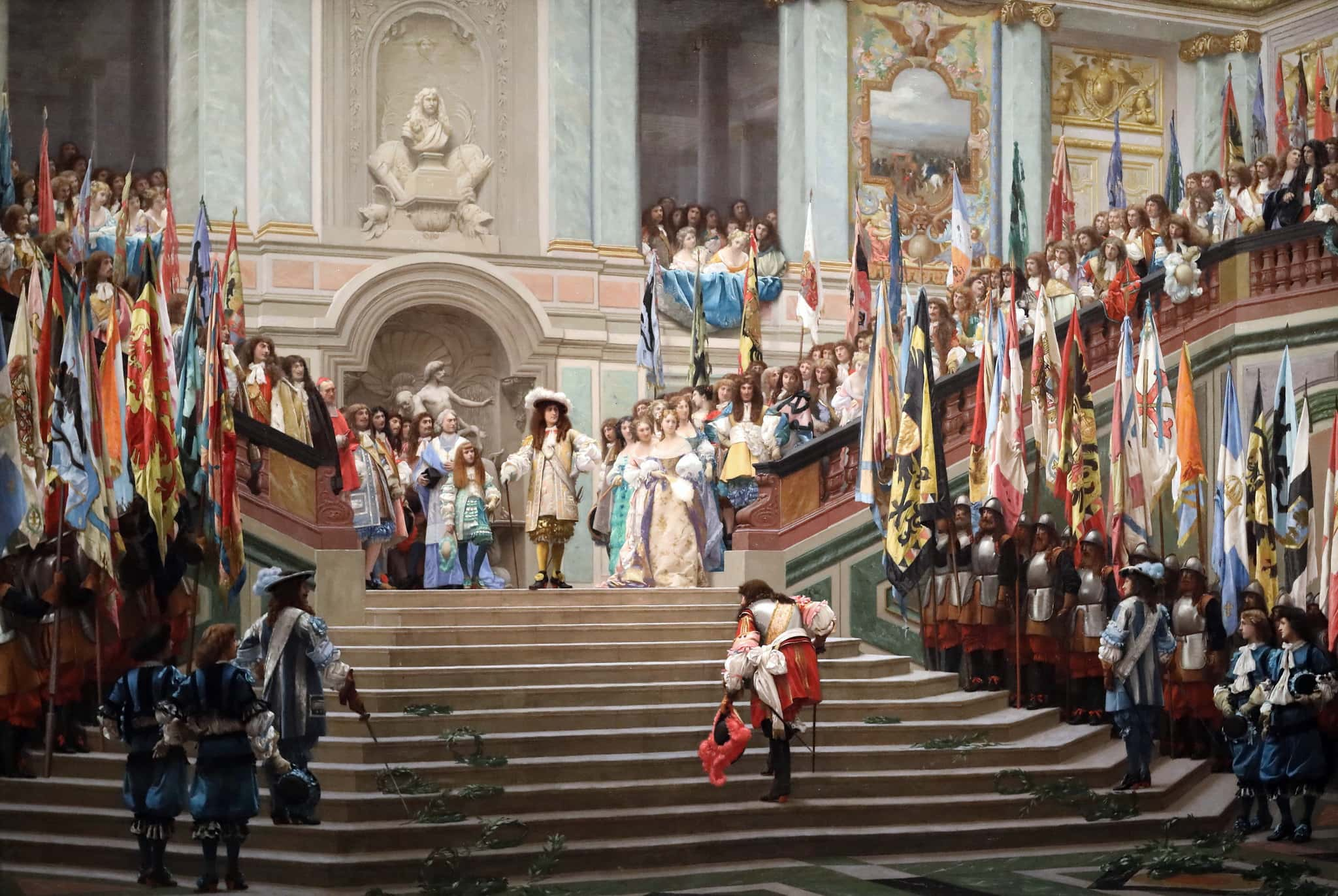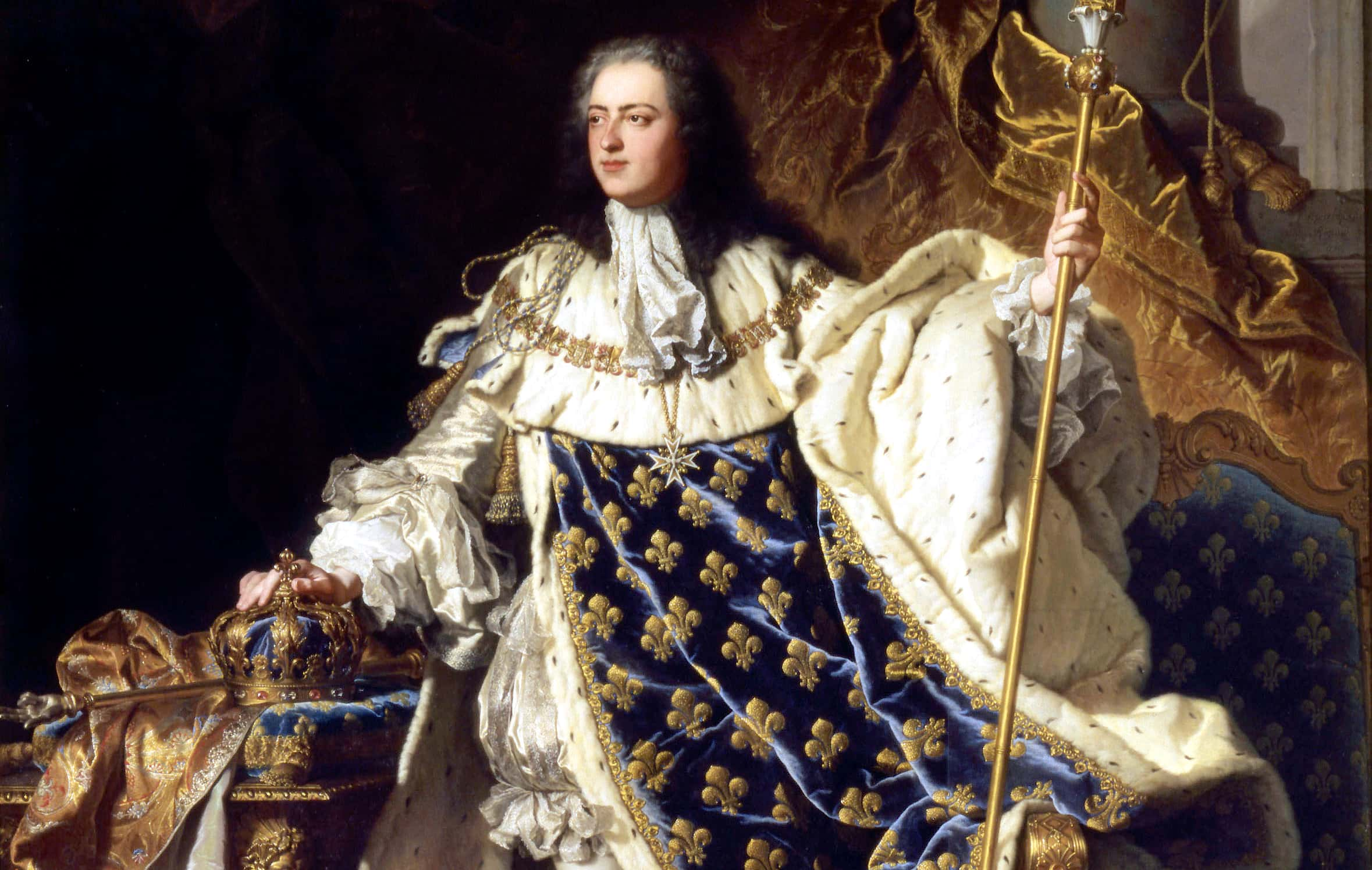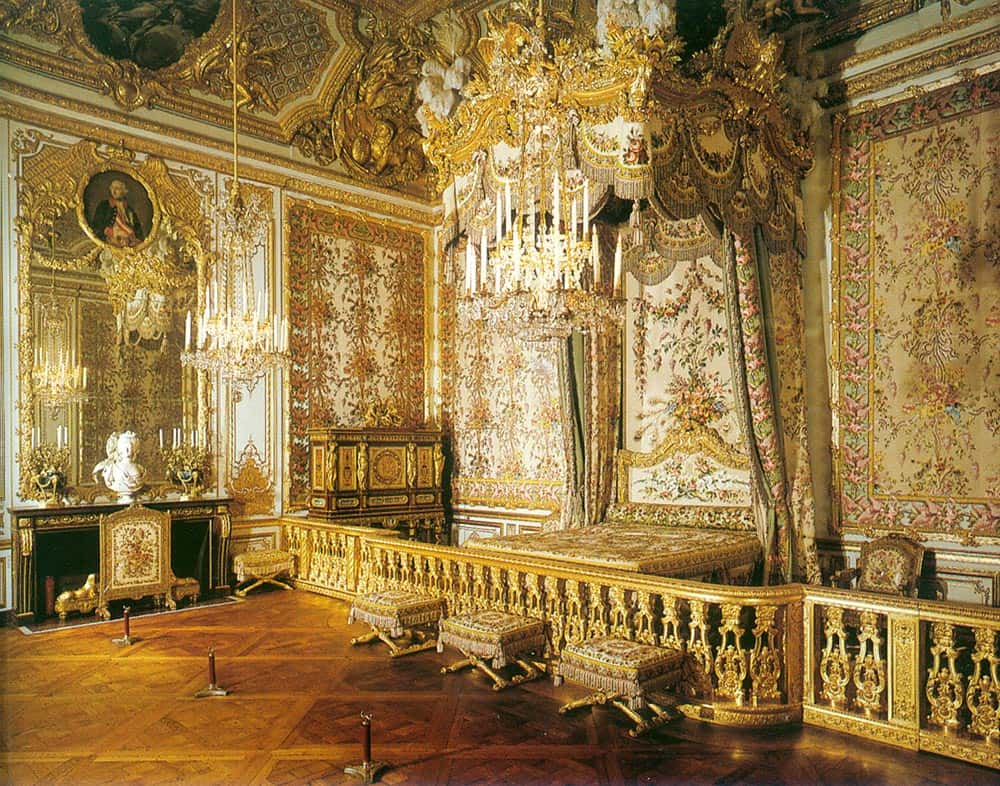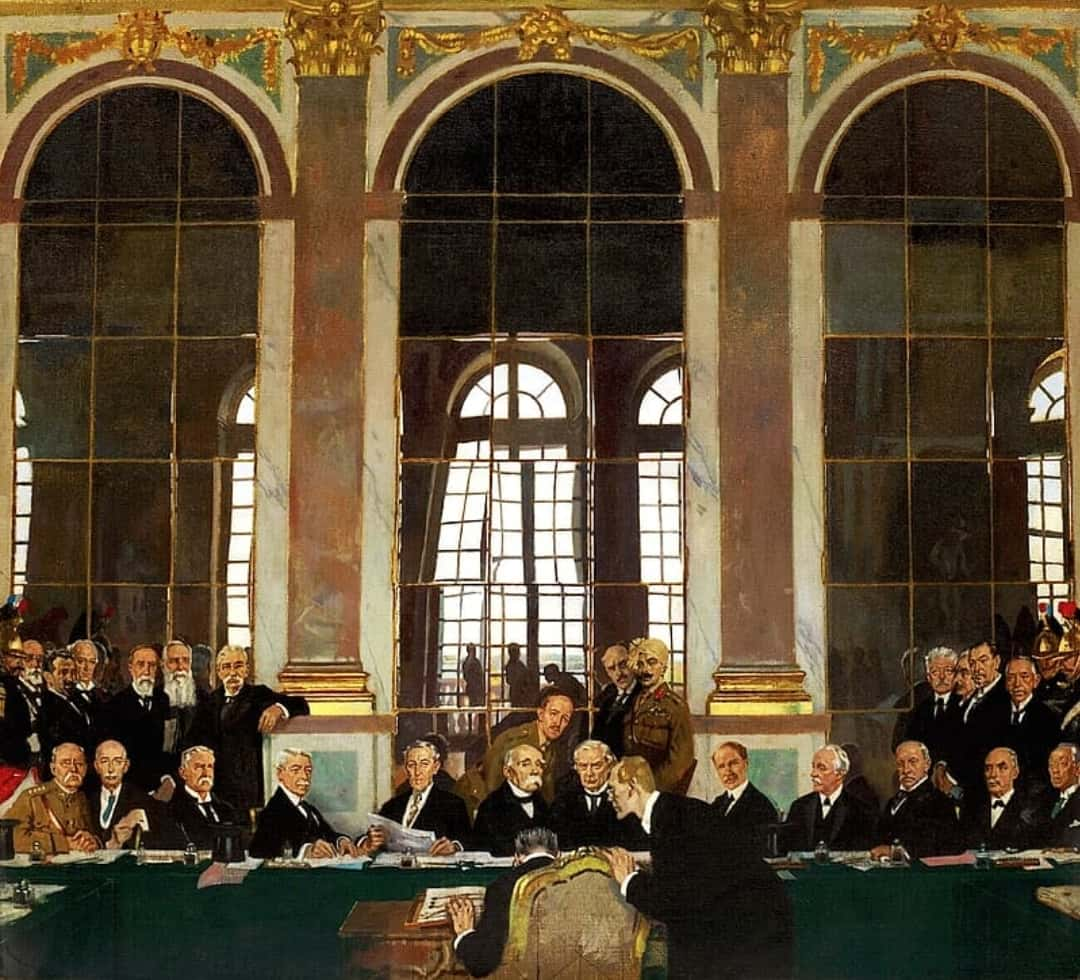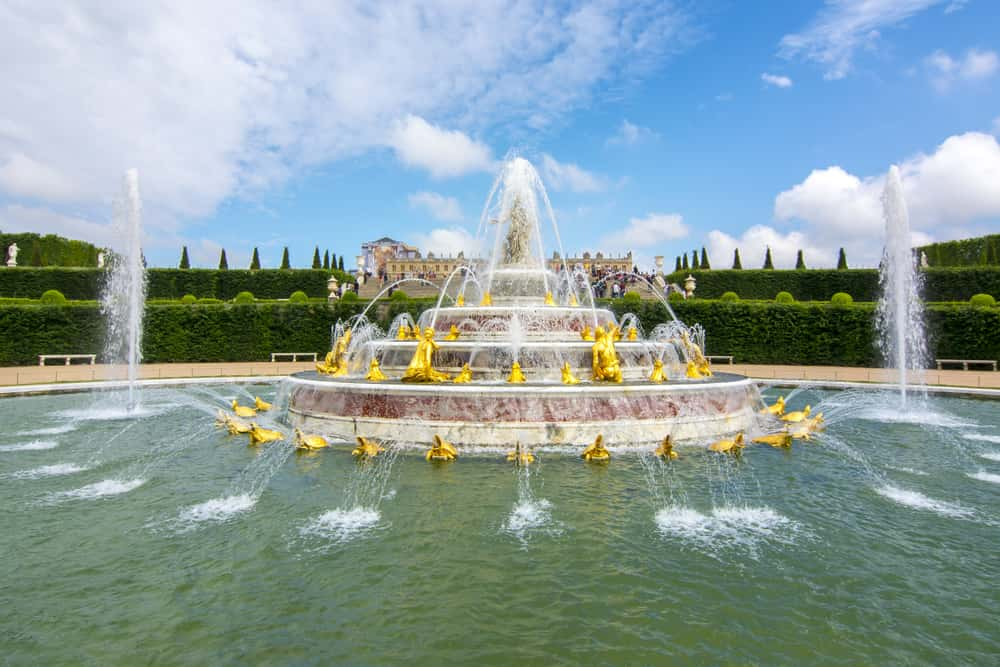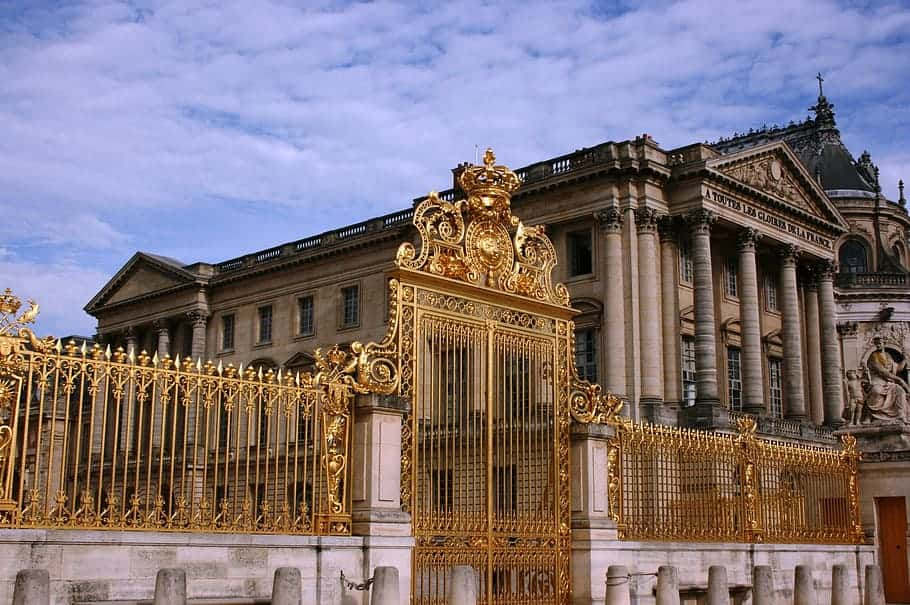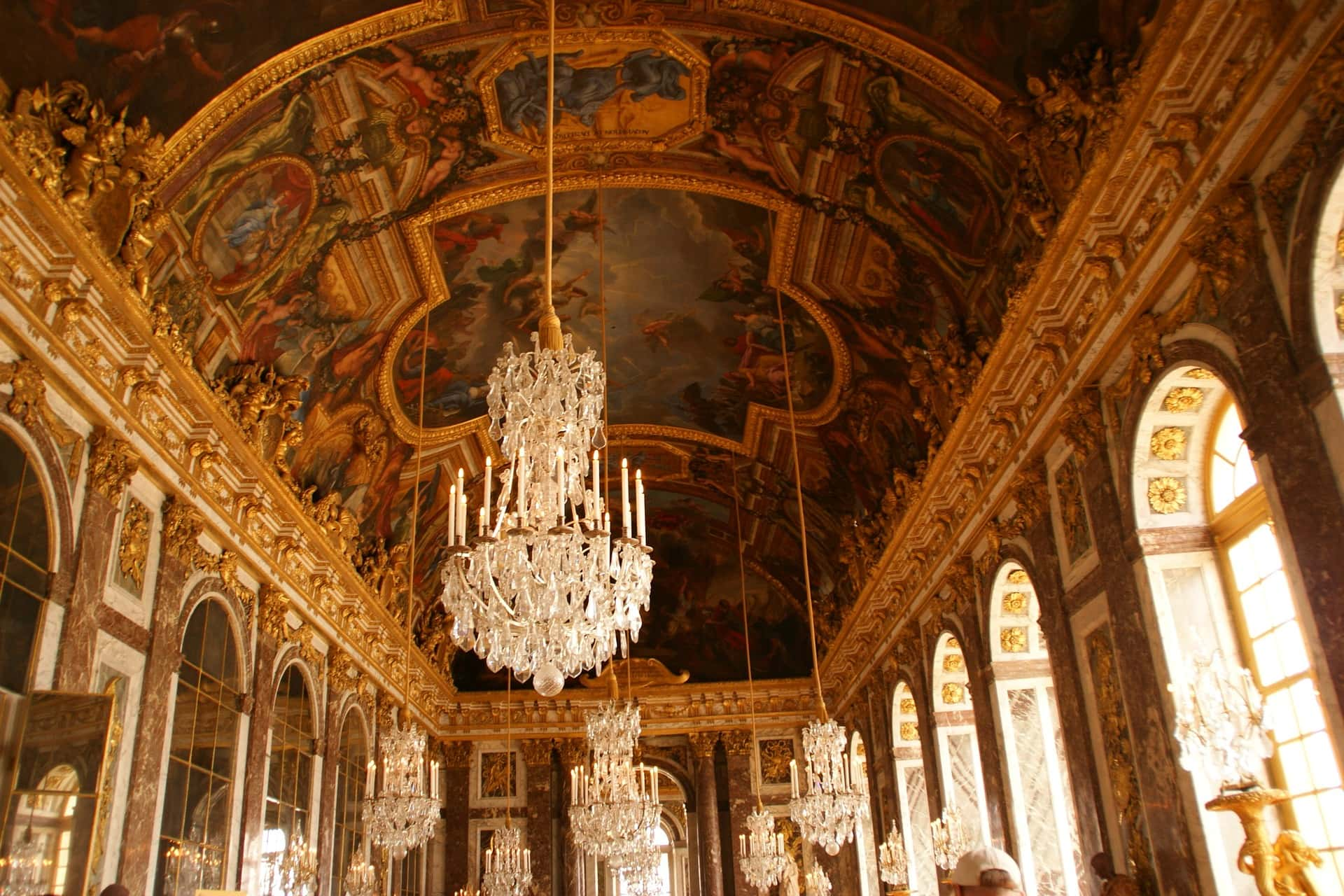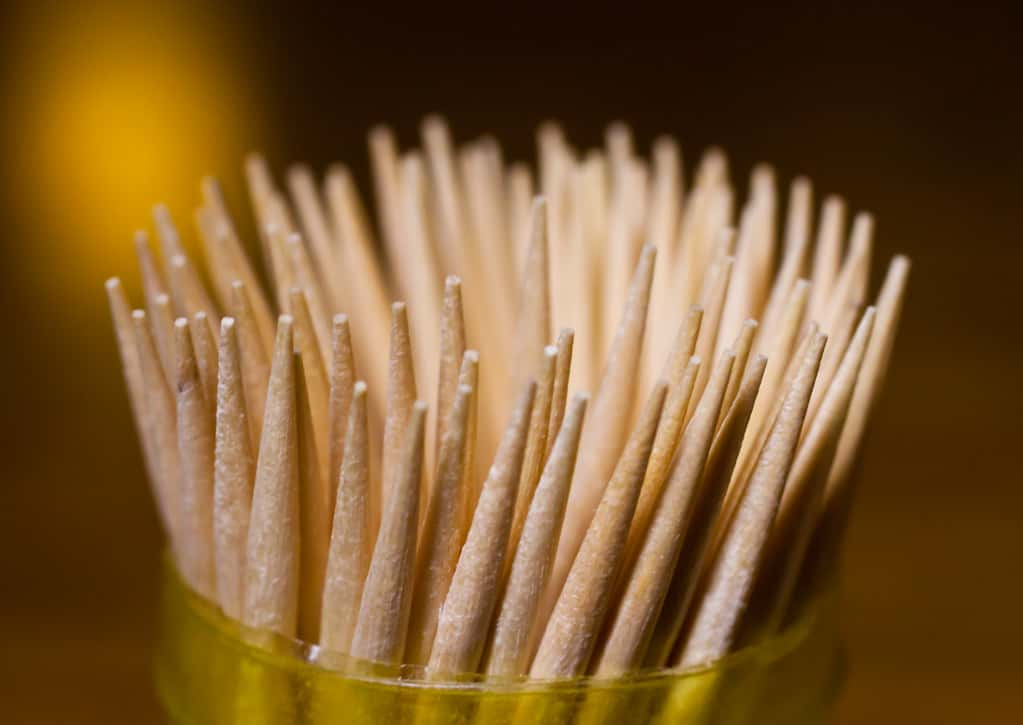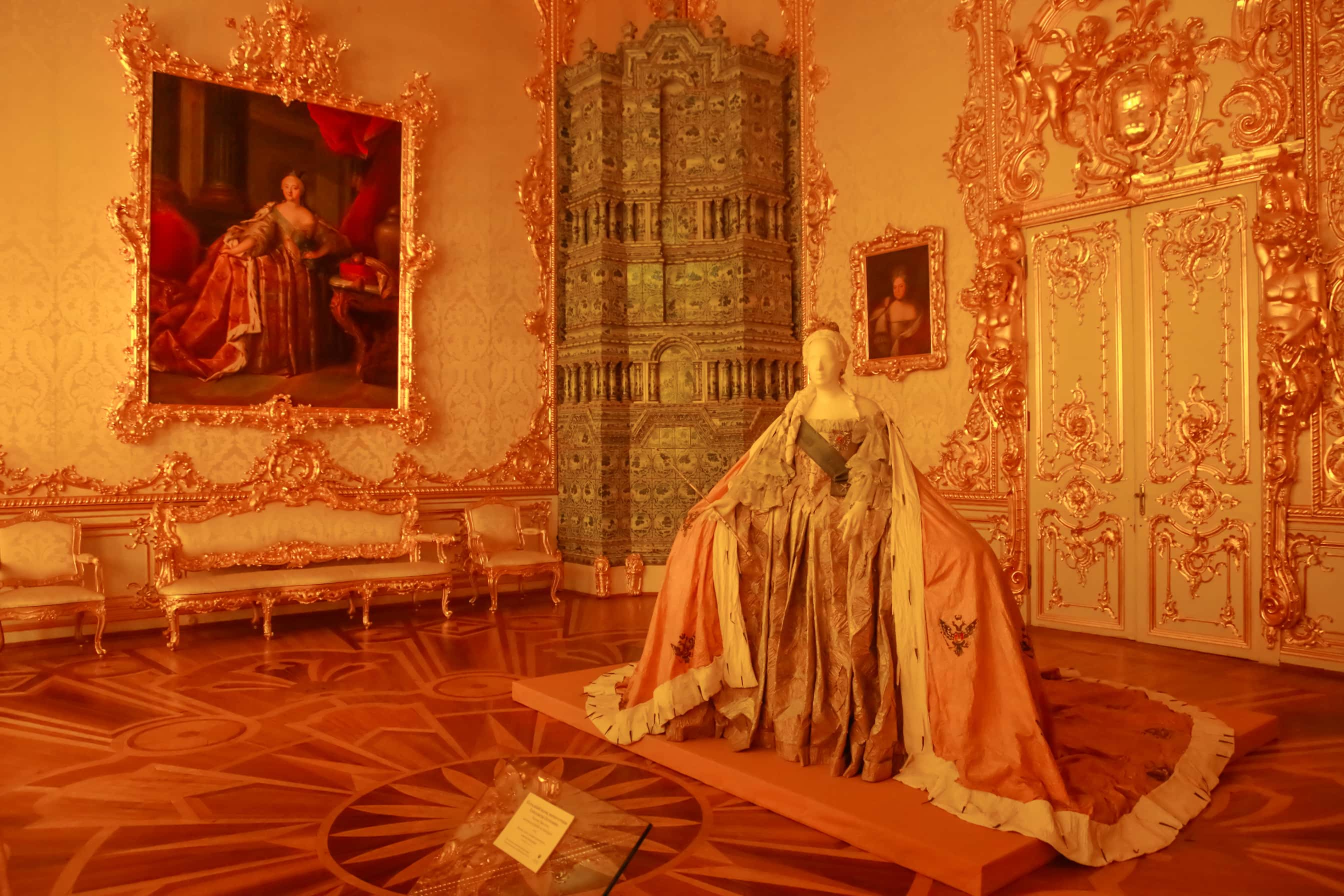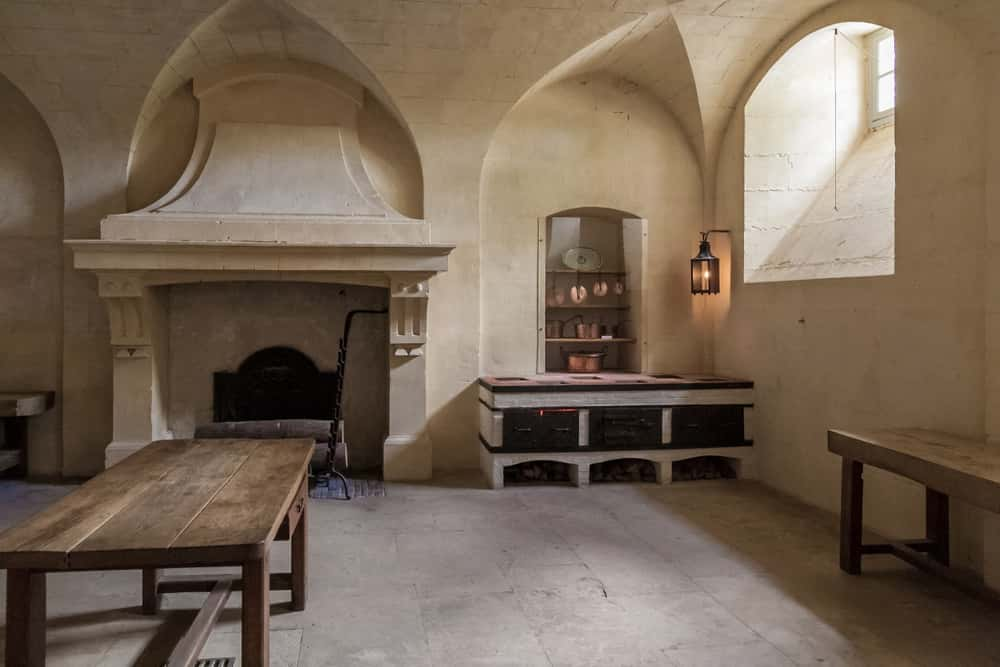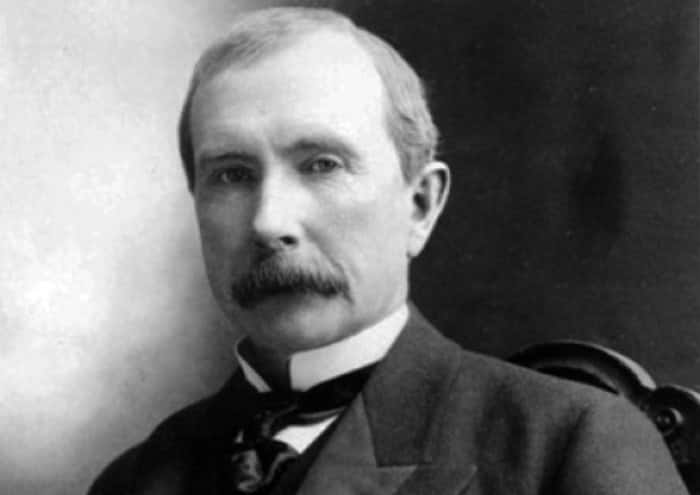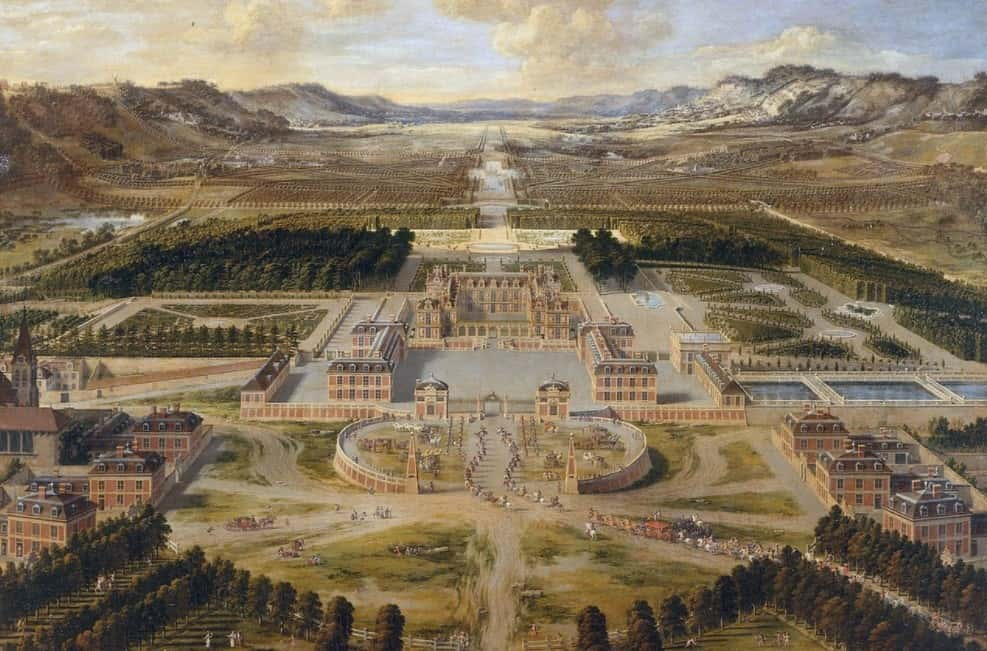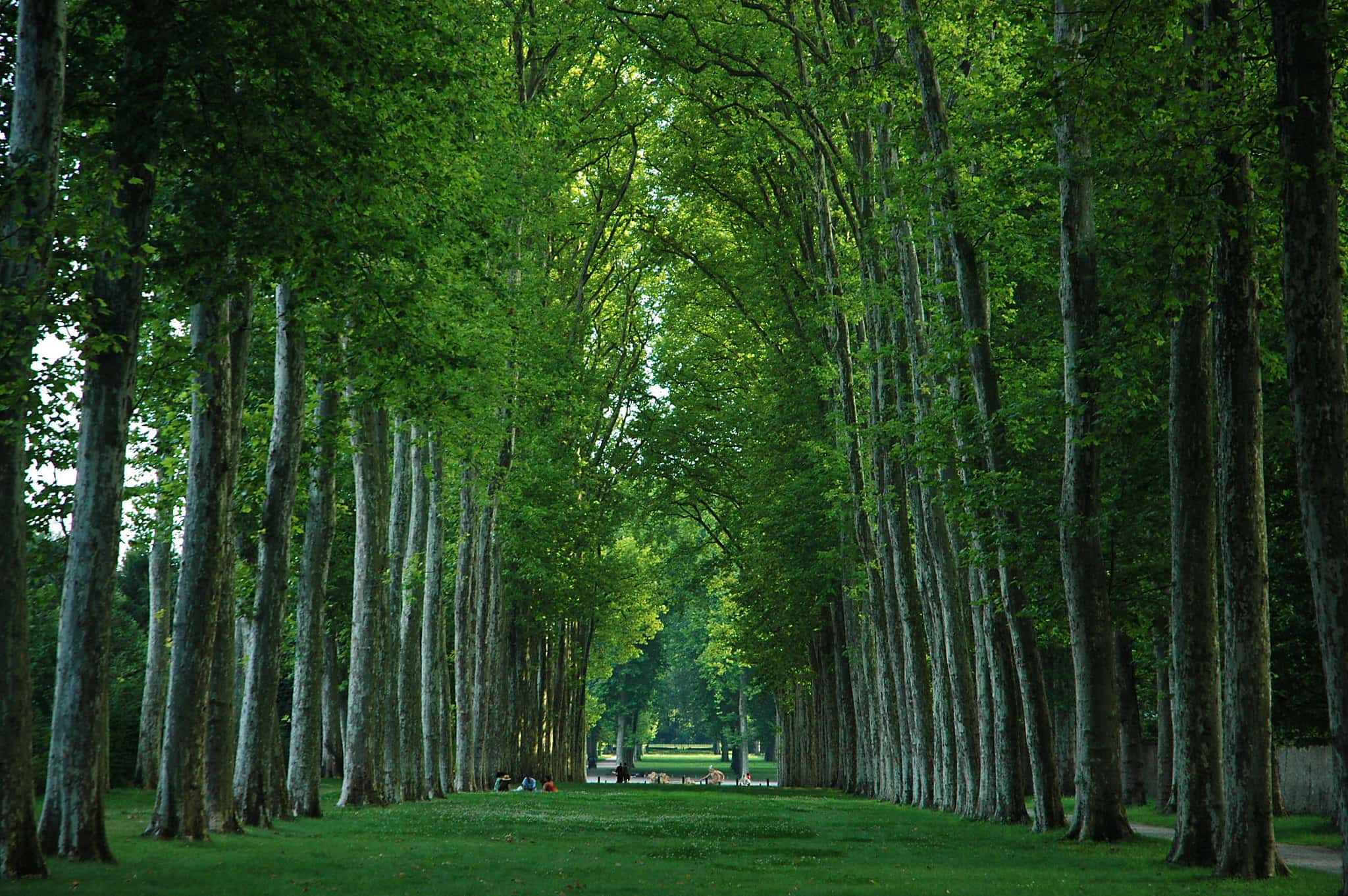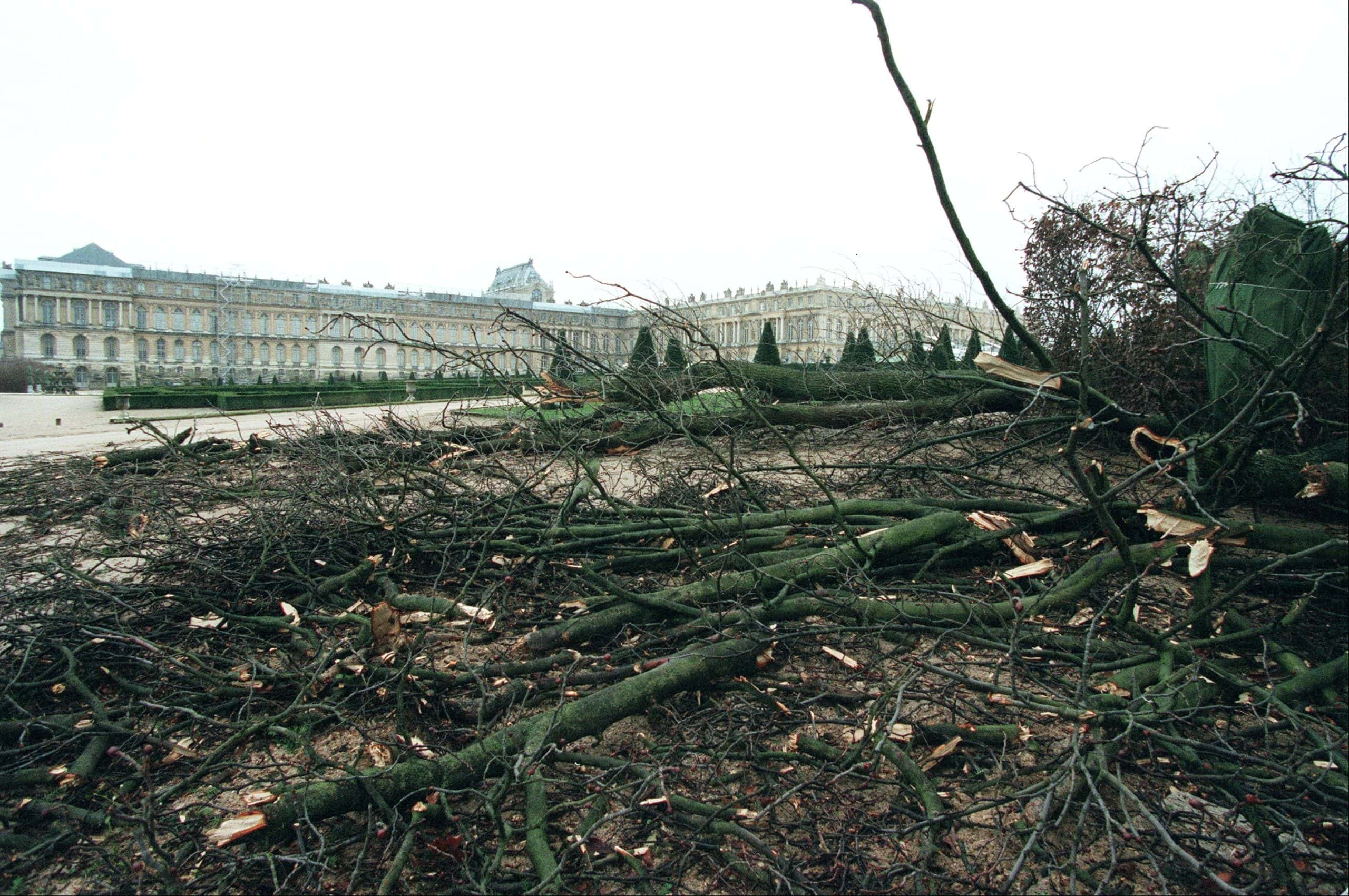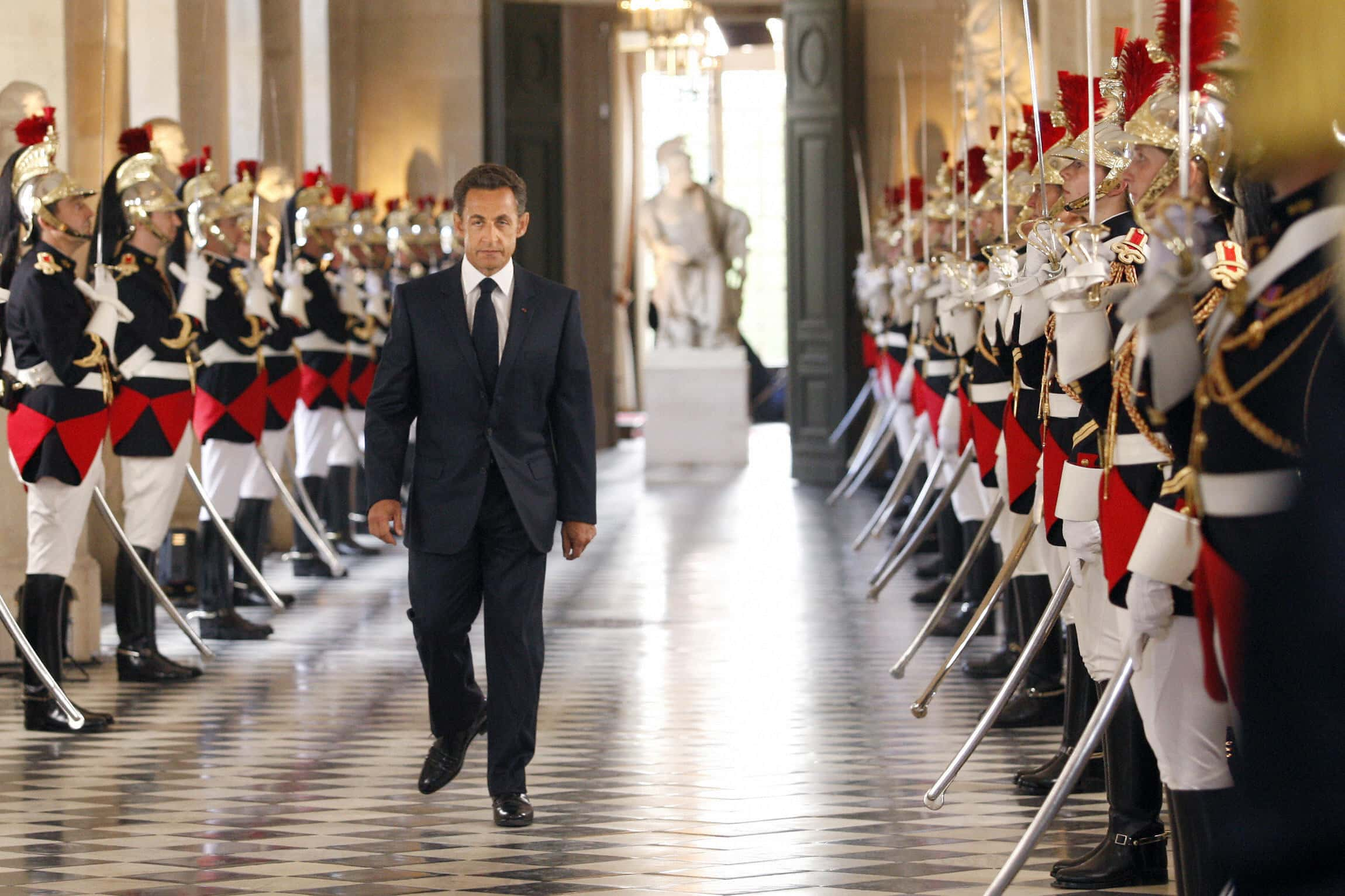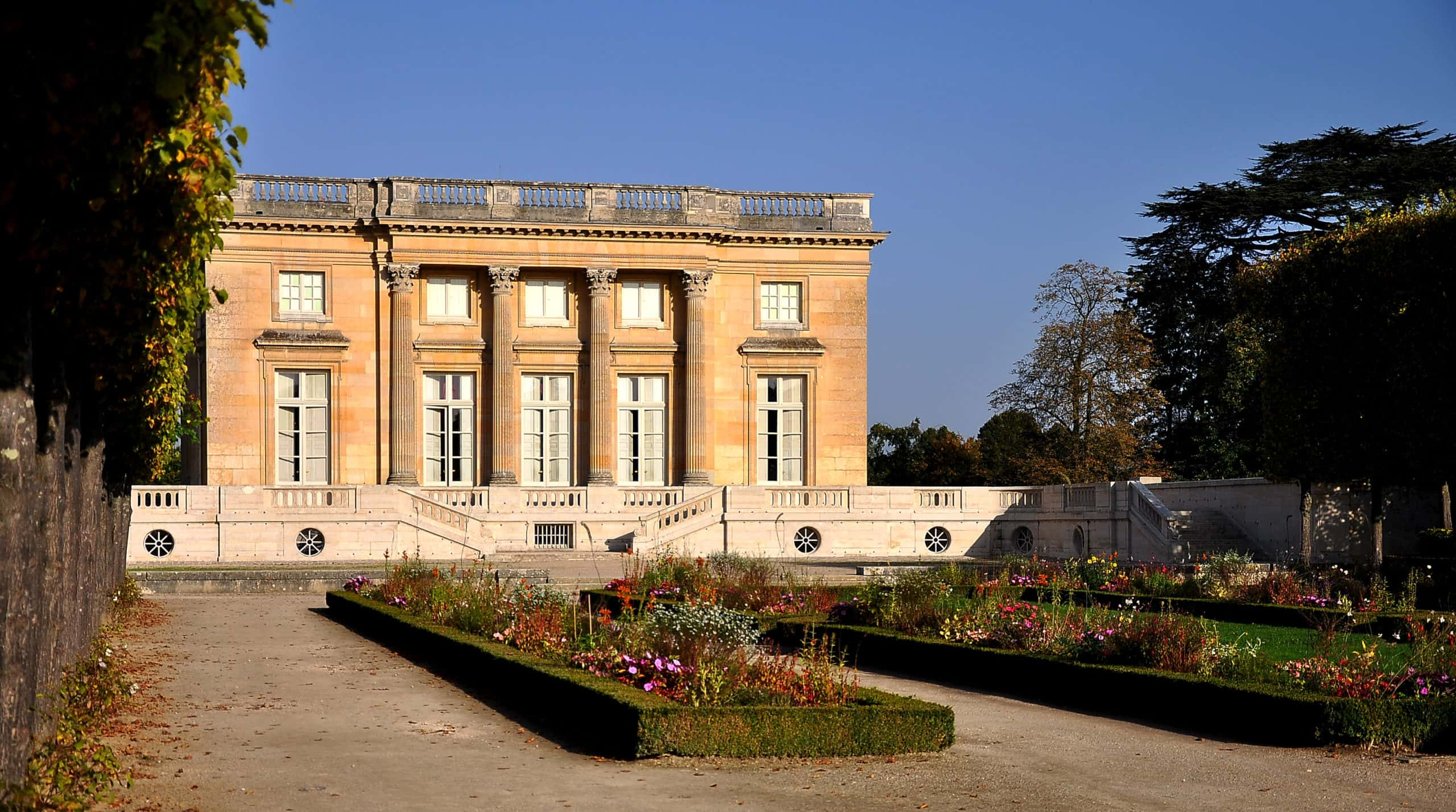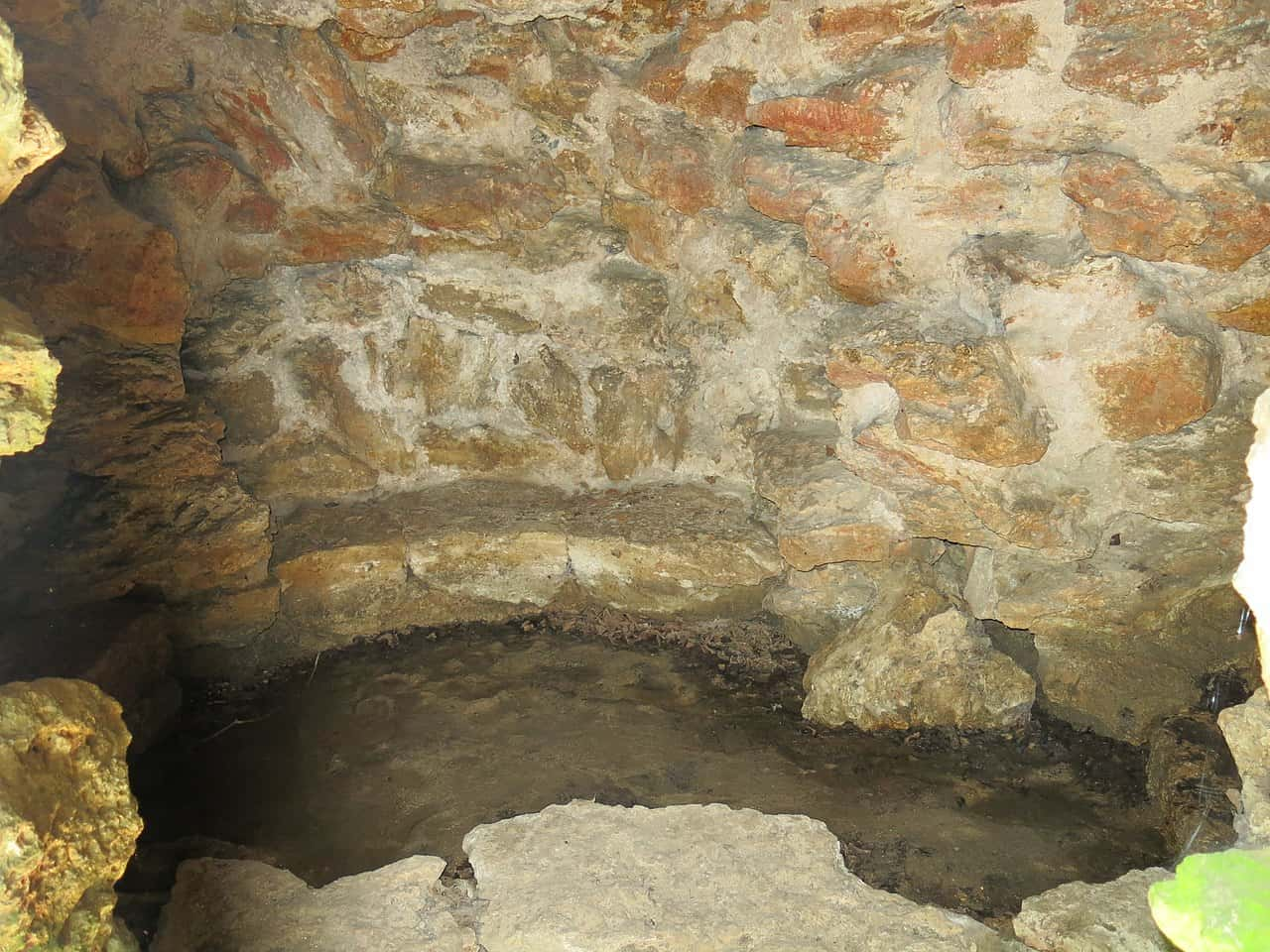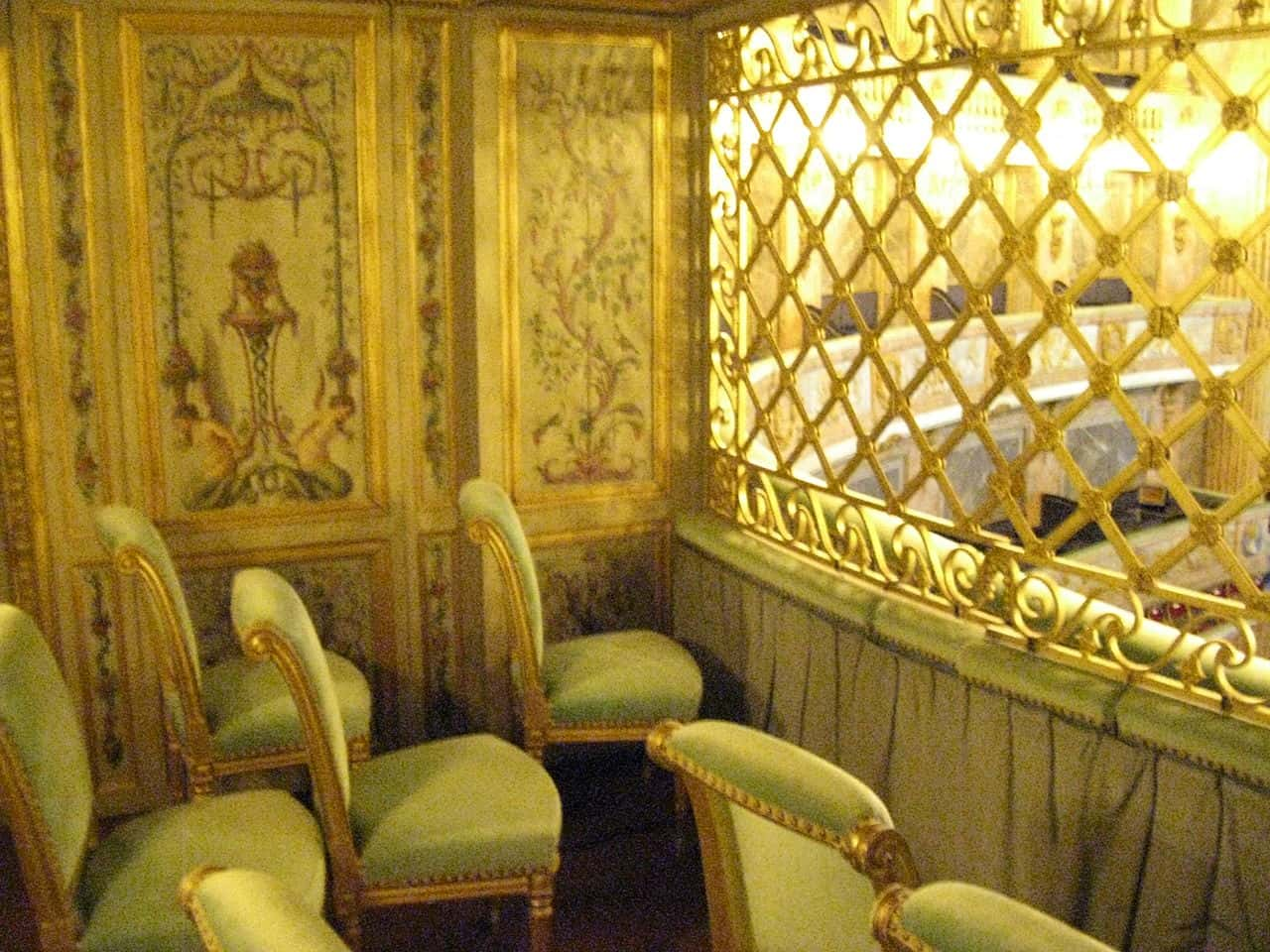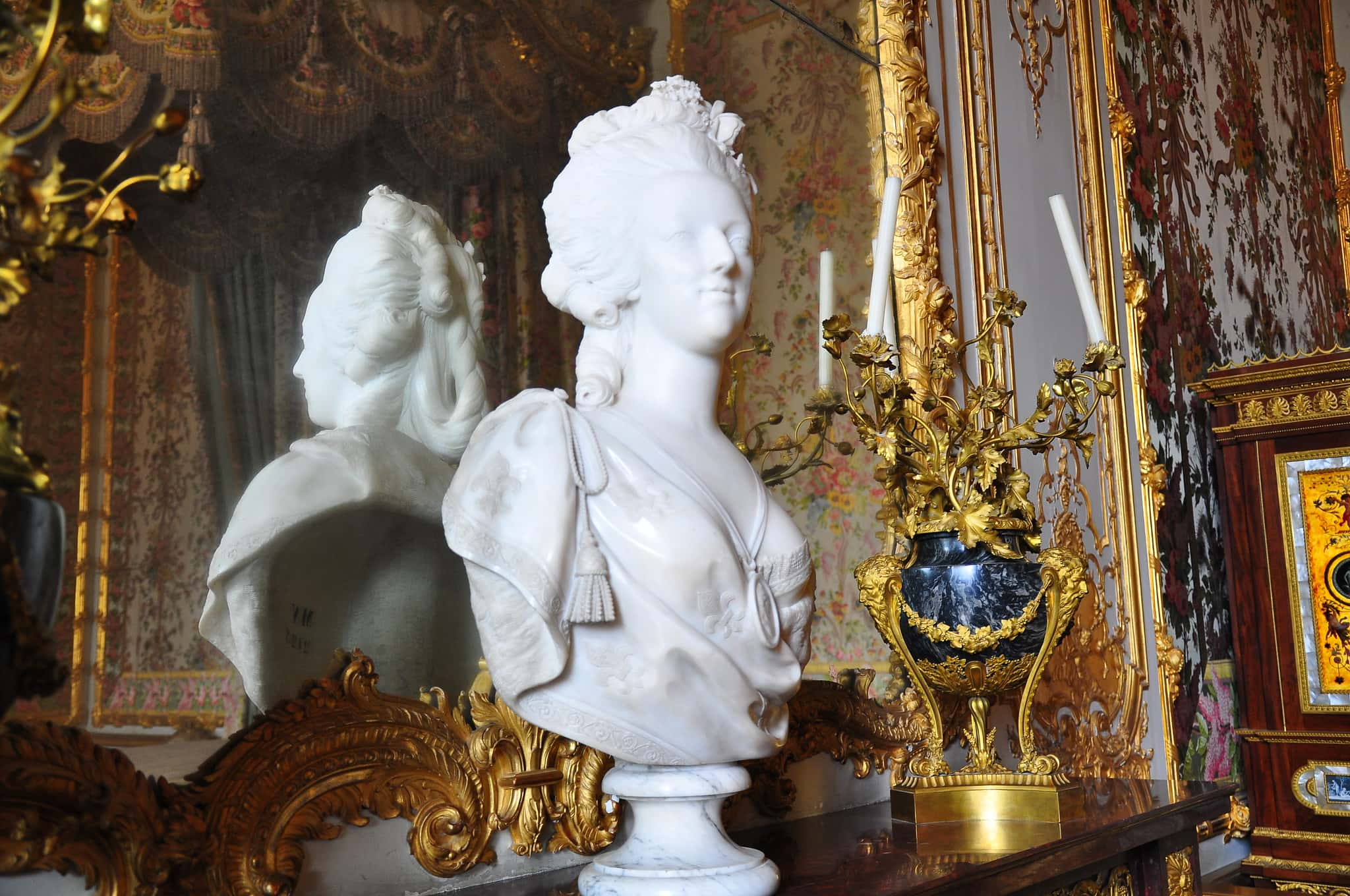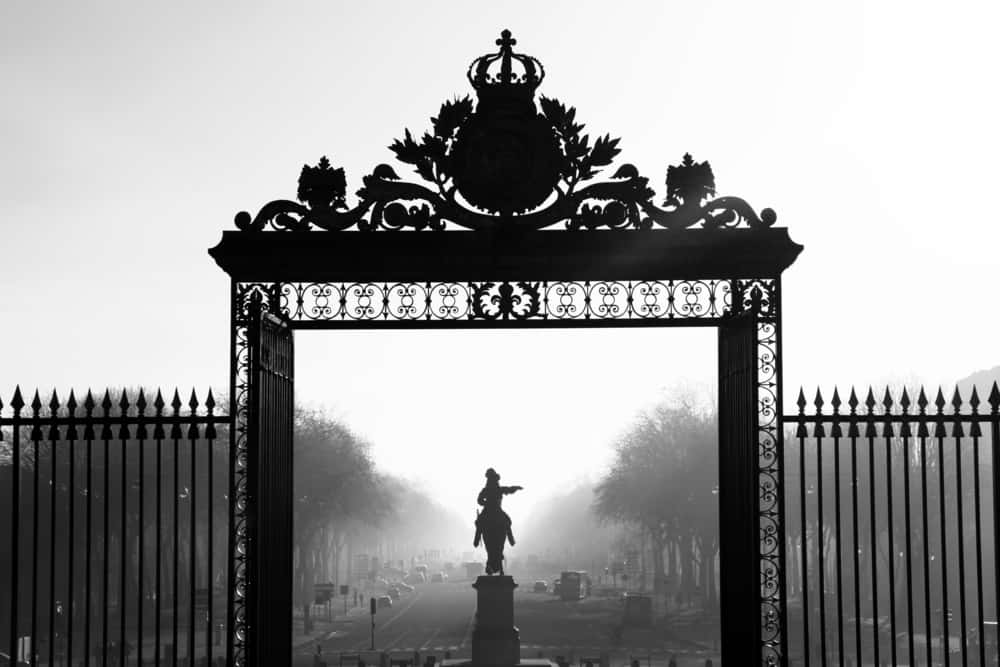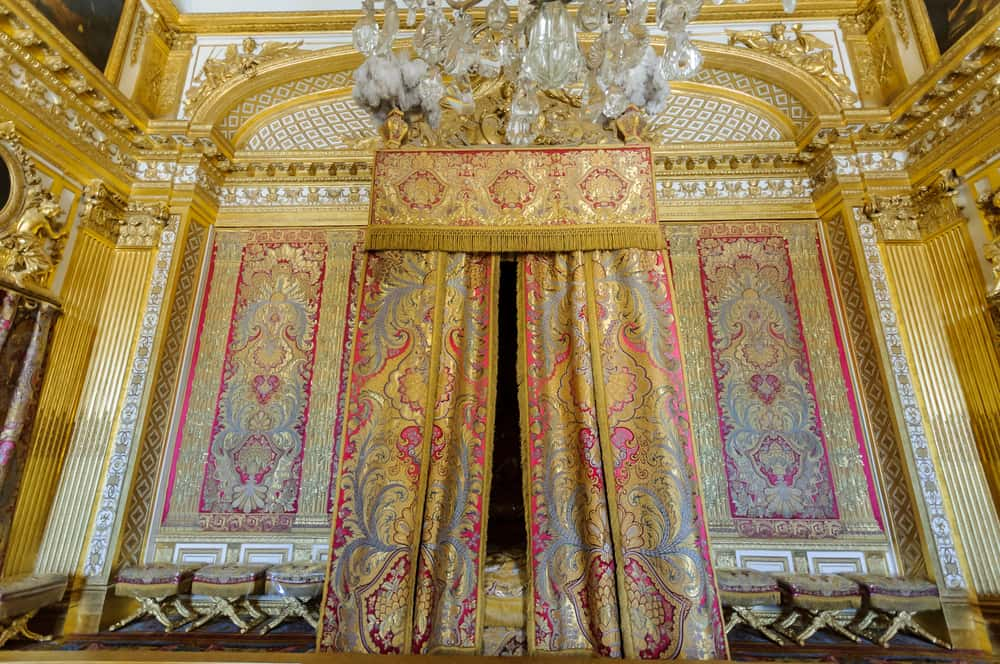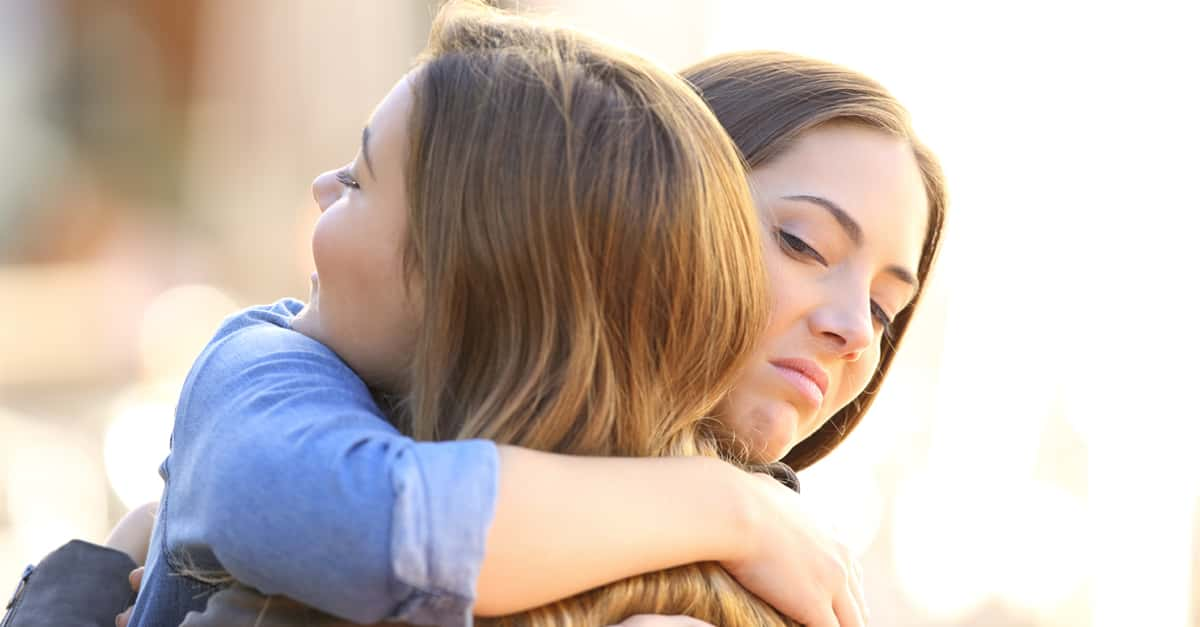“It was like the first time I visited Versailles. There was an eeriness, like I'd been there before. I don't know if I was Louis XIV or Marie Antoinette or a lowly groundskeeper, but I lived there".―Maurice Minnifield
Over hundreds of years, the Palace of Versailles evolved from an out-of-the-way hunting lodge to the gigantic symbol of French monarchal hubris itself. Its heyday as a royal residence came in the 1600s and lasted until the late 1700s. During that time, legendary names in French aristocracy—from Louis XIV, the “Sun King” of France, to Marie Antoinette herself—hauled their royal hides down from Paris to live, love, fight, feast, and leave their mark within Versailles’ seemingly endless halls.
But was Versailles all boundless gardens and champagne? There’s also a weird, dark side to the palace: controversial treaties, ghost stories, and even time travel conspiracies have piqued an interest in Versailles in modern times. Escape the guillotine and head to the Hall of Mirrors to reflect on these 44 decadent facts about the Palace of Versailles.
1. Poor for Pretend
Imagine Disneyland but instead of cartoon characters, you get to interact and live like “common folk". Such was the basis of the “Hameau de la Reine,” Marie Antoinette’s most elaborate addition to Versailles. In her “hamlet,” the queen would escape from the stressful and constant need for etiquette in palace life to enact her most out-of-control fantasies, such as cleaning her own hut or making her own food. To complete these illusions, the hamlet came with its own functioning farmhouse, lighthouse, mill, dairy, and a staff of hired “simple” folk to populate Marie Antoinette’s ideal village.
2. Little House on the French Prairie
It’s hard to believe that a symbol of monarchal absolutism started out as nothing but a small castle with a church. The earliest mention of Versailles was in a 1038 document that made to its owner: a minor lord by the name of “Hugo de Versailles".
3. Bad Listing
In the medieval period, Versailles was a palace on the decline thanks to the Plague and the Hundred Years’ Battle. Although Versailles’ hot location—on the road between Paris and Dreux—invited some prosperity, these human disasters largely decimated the local population and surrounded Versailles with bad real estate mojo.
4. Life Before Louis
Although it’s really 17th century King Louis XIV (and all the other French Louis’s) who made Versailles famous, it was a Florentine courtier who probably brought the palace to minor royal attention. In 1575, Albert de Gondi bought Versailles from its ancient owner. Gondi was a prominent figure in the court of King Henri II, who is more famously remembered as Catherine de Medici’s husband. It would be a few more decades until Versailles truly became prominent with the royals, but it’s neat to know how it all started.
5. House Hunters
Louis XIII (not to be confused with his Sun King son, Louis XIV) was invited to Versailles for a few hunting trips with the Gondi family. The king was so enamored with his hunting buddy’s real estate, he established his own lodge there in 1624. Louis’s love for Versailles grew so great that he sealed the deal and bought the place off the Gondis’ for himself in 1652.
6. A Solar System of His Own
Louis XIV, aka “The Sun King of France,” had played in the hunting lodge of Versailles since he was a boy. In 1661, Louis officially moved court there after he appointed himself as his own chief minister. However, it wasn’t just nostalgia which convinced Louis to relocate. By moving from Paris, the Sun King created a solar system of favor. Versailles’ remote locale kept Louis’s frenemies without other city-based resources and utterly dependent on their king.
7. Versailles by the Numbers
With a carrying capacity of 20,000 people, Versailles has 700 rooms, 1,250 chimneys, 67 staircases, and more than 2,000 windows. With all that space to fill, no wonder Louis thrived on company and attention.
8. Imagine Allergy Season Though
Historical movies capture how the past looked, but do you ever wonder how it smelled? In the 17th century, the designers and landscapers of the Gardens of Versailles were so extra that they nearly destroyed everyone’s nostrils. And stomachs. The nursery included 372 statues, 600 fountains, more than 20 miles of canals, in addition to 210,00 flowers and 200,000 trees. One royal mistress wrote how this excessive intermingle of “natural” smells would make people sick nearly every night. Hard to imagine it was worse than a crowded city before the invention of toilets.
9. Hearts of Glass
The craftsmen behind Versailles’ Hall of Mirrors were assassinated for selling Venetian mirror-making secrets to the French. The next time you enjoy one of the 357 mirrors in the castle, you might you want to raise a glass to them.

Sign up to our newsletter.
History’s most fascinating stories and darkest secrets, delivered to your inbox daily. Making distraction rewarding since 2017.
10. Where’s the Royal Thermostat?
Sure, Versailles looked hot in its heyday, but the winter months were difficult. Fireplaces did little to warm those cold marble surfaces that were everywhere in the palace. In 1695, it’s said to have gotten so cold that the king’s drinking glass froze right on the table.
11. It’s Open to Interpretation
Louis XIV’s first building campaign for Versailles kicked off with a characteristically huge party. In public, the 6-day festival was advertised as a celebration of the two French queens, Louis’s wife, Marie-Therese, and his mother, Anne of Austria. In reality, these celebrations were to honor his favorite mistress, Louise de Valliere. What’s a good housewarming unless everyone feels involved?
12. Don’t Mess with This Mess
Versailles is currently protected by the United Nations as a UNESCO World Heritage Site. Because if any historic land needs protecting, it’s the party houses of rich, colonial-age Europeans.
13. Home Renos: Petty Edition
One of Versailles’ biggest innovations to his-and-hers architecture is that both the King and the Queen’s rooms were made to match each other in dimension. Before you hashtag that “equality,” it’s good to know that this move might have been a slight to Louis’s XIV’s father-in-law, Phillip IV of Spain. As part of the marriage deal between Marie-Therese and Louis XIV, France had agreed to chill out about claims to the Spanish crown. However, his wife’s father defaulted on the dowry. By presenting the queen’s apartments as apparently equal to the king, Louis seemed to imply that his wife was the true ruler of Spain, on par with him to France, and that he intended to “defend” his wife’s rights on her behalf. Don’t you wish you were rich enough for your bedroom to make a political statement?
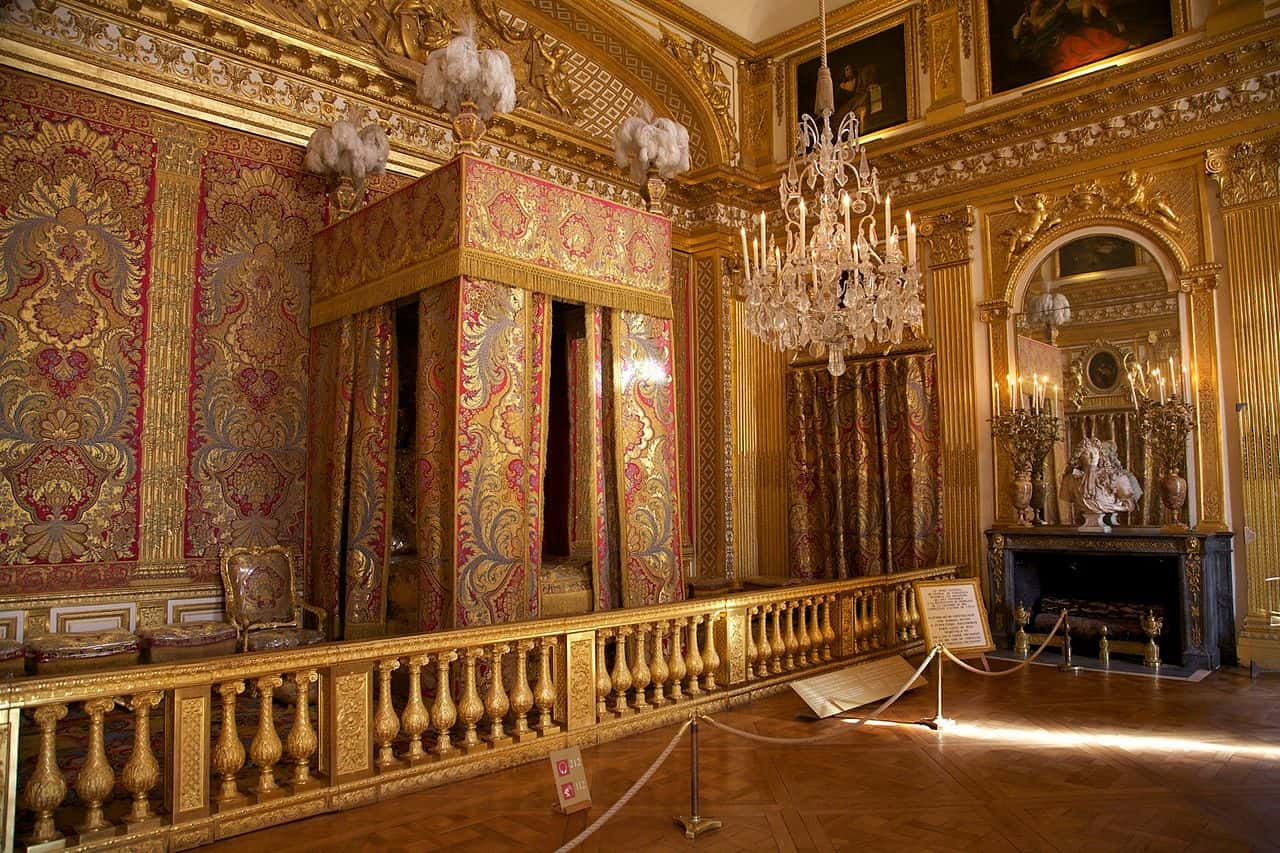 Wikimedia Commons, Jean-Marie Hullot
Wikimedia Commons, Jean-Marie Hullot
14. Pack Your Bags!
Louis XVI and Marie Antoinette were the last Bourbon King and Queen of France to officially reside in Versailles. During the early French Revolution, the Women’s March on Versailles of 1789 forced the family out of the palace that had been a symbol of royal indulgence and royal isolation from common woes. Marie Antoinette's last words were "pardon me, I meant not to do it". She had stepped on the executioner's foot on the way to the guillotine.
15. Reduced, Reuse, Recycle
After the French Revolution “took care” of the indulgent royal family, there was still the question of what to do with Versailles. It was eventually decided, in 1794, that Versailles would not be taken apart and sold off, but it would be held as repository under the Republic for the common good. In contrast, Charles-Francois Delacroix proposed that the gardens should be dismantled, melted down, and turned into a cannon. His useful suggestion did not make the cut.
16. Having Fun Isn’t Hard, When You’ve Got 104 Bibliothèque Cards
In the post-Revolution inventory of Versailles, keepers found over 104 libraries which held more than 200,00 print texts and manuscripts in the palace. This storage of knowledge—in addition to the countless works of art housed in the building—was partly why Revolutionaries called to turn Versailles into an official museum.
17. Château BnB
Contrary to popular belief, the 18th-century revolutions did not abolish the monarchy forever. Although Versailles would never completely recover its place in the lives of French royals—probably because of that whole reputation for imperial decadence thing—it would go on to house Napoleon Bonaparte’s wife, Marie Louise. Pope Pius VII himself even visited in 1805 to bless people from the Hall of Mirrors’ balcony.
18. Royal Reminiscing
After the French revolution, no rulers would officially reside long-term in Versailles again. However, Bourbon Restoration King Louis XVIII liked to visit and just walk through the empty halls for no apparent reason.
19. Dressed for Someone Else’s Success
In 1682, the King opened Versailles for anybody who wished to visit. However, all visitors had to abide by a dress code which required them to wear a hat and bring a sword. Don’t worry, if you were too poor but didn’t want to miss out, rentals were available for purchase at the entrance. This may be editorializing, but I think Louis invented the state of modern tourism…
20. King Nerd
After the demise of Louis XIV in 1715, Versailles fell back into royal neglect, albeit briefly. His heir, Louis XV, moved court back to the country palace in 1722…but mostly because Versailles was the perfect place for the shy and bookish king to build more intimate study cubbies.
21. Flush with Cash
Even the chamber pots were crafted from silver in the luxurious Versailles. Unfortunately, Louis XIV had to melt these decadent mini-thrones down in 1689 in order to fund his expensive battles.
22. Treat Yourself to These Treaties
Sure, we’ve all heard of the 1919 Treaty of Versailles, the one which ended World War I and the conditions of which bled into World War II. But Versailles has almost been a hot spot for treaty-signings. Britain officially acknowledged the United States as an independent nation at Versailles, signing two treaties under the 1783 Peace of Paris pact, right inside the palace.
23. Here Come the Waterworks
The centerpiece of the gardens is the 620-jet fountain. Even when the palace took a hiatus from servings as the royal HQ in the early reign of Louis XV, the palace caretakers made sure to activate the Grandes Eaux Fountain every two weeks, just in case.
24. I Hate Reboots
The original golden gates of Versailles were destroyed in the French Revolution. They weren’t officially replaced until 2008.
25. Rise & Show
Louis XV’s Royal Opera of Versailles was built to celebrate the marriage between his grandson, then the Dauphin, and later Louis XVI, to Marie Antoinette. However, this wedding gift was also an innovation in theatre tech. The opera features an orchestral floor that can be elevated to match the level of the stage and audience. Not bad for 1770.
26. Light ‘Em Up
Although the palace was huge, candles were lit sparingly to preserve the expensive walls and ceilings. A compromise was met with mirrors, which Versailles used in plentitude to reflect and amplify lighting. In rare events, the Hall of Mirrors were lit with 20,000 candles in the chandeliers, transforming the hall from a dim, deep hall of glass into a “corridor of light". Those with poor night vision must have been grateful for the reprieve.
27. State Security Comes Before Dental Care
In 1669, you could no longer have a balde or even a toothpick at the king’s dinner table. This was on the orders of Louis XIV, who perhaps hadn’t totally gone bonkers; toothpicks had been used to off people before, and what is Versailles if not a safe place for everyone?
28. Russia to the Rescue
Francophile Russians from the 1700s saved a piece of French culture from the Nazis. Catherine the Great of Russia and her son, the future Paul I, were huge fans of French style. Thus, their 1782 visit to Versailles was a great opportunity for them to copy the French upholstery and recreate the designs in their own palace in Russia. Cut to years later, as Versailles recovered the German invasion which left the palace decimated. Restoration of Versailles was partly possible because Catherine and Peter’s textiles had been preserved and could be recreated for the palace.
29. Frozen Dinner
Cold meals were the small price Louis XIV paid to live in splendor. As with most palaces, the servant work areas, like the kitchen, were a kingly distance away from the monarch’s living quarters. For a palace as big as Versailles, however, this arrangement resulted in significant transport time for meals. As a result, the Louis sometimes had to put up with lukewarm food, that was hopefully otherwise fit for a king.
30. Even Castles Need a Sugar Père
20th-century oil billionaire John D. Rockefeller felt a special affinity with Versailles. After visiting post-WWI, he was shocked at the neglect and decided to finance restorations himself.
31. Charge It
To renovate Versailles from a rustic vacation home to a political headquarters, Louis used 35,000 builders and spent $200 to $300 billion of his precious cash. To put that into perspective, the fountains alone cost about one-third of the building’s budget. Was it worth it?
32. No Tricks Allowed
The vast forests around Versailles weren’t just picturesque; they were a popular place for street workers ply their trade, mostly with builders looking for relief during the palace’s constant facelifts. Louis XIV did not like this—mostly because intimately transmitted disease among the workers was stalling production of his precious Versailles. As a result, he declared that any courtesans caught trading on palace grounds would be mutilated and whipped in public.
33. The Life Aquatic: Home Edition
The famous mile-long Grand Canal at Versailles is so huge that Louis XIV would sometimes take out the ol’ sailboat or gondola and enjoy a trip on the water.
34. Mr. & Mrs. Universe
Like a good myth and astronomy nerd, Louis XIV built the King and Queen’s apartments to each have seven rooms—one for each of the known planets and the Roman god associated with said planet.
35. America Is Here to Save Your Chute
When it came to renovating the chimneys, Louis XVI drew inspiration from Benjamin Franklin. The founding father’s “Franklin chimney” provided a cleaner, less smoky alternative to the traditional Versailles fireplaces. Louis XVI didn’t always make great decisions, but in this case, he helped Versailles overcome its heating woes.
36. What’s Your Damage?
Versailles miraculously survived the French Revolution, but it just barely survived a 1999 battle with Mother Nature. The 20th century decided to go out with a bang: a violent storm pulverized the palace between Christmas and Boxing Day of that year. Almost 10,000 trees were destroyed, and several rooftops and windows were shattered. To horticultural historians, this was especially heartbreaking, as the storm uprooted plants and trees from the ages of Marie Antoinette, Louis XIV, and Napoleon.
37. Throwback Thursday
In the wake of the Great Recession, the French government held congress in Versailles for the first time since 1848. In 2009, French President Nicolas Sarkozy addressed the people about the international economic downturn. Since then, France has been oddly nostalgic about Versailles and held more prominent events there. President François Hollande gave his speech about the November 2015 Paris attacks right from the country palace. Maybe they just like making the journalists take the train all the way out there.
38. Standing Reservation
To date, the president of France’s National Assembly still has lodgings on standby for use at Versailles.
39. Welcome to Love $hack
The Petit Trianon is a castle-within-a-castle at Versailles. The luxurious love nest was commissioned by Louis XV and designed in dedication to his chief mistress, Madame de Pompadour, between 1762 and 1768. Unfortunately, Pompadour passed before it could be completed and never lived in the love nest. Fortunately for Louis, he didn’t waste any money as he promptly gave the Trianon to her successor in his bed, Madame du Barry.
40. This is Where I Go to Cry
Marie Antoinette kept her own damp cave, I mean, private grotto on palace grounds. The hole was overgrown with vegetation and guarded by vines and branches. We aren’t 100% sure why Marie Antoinette had this thing, other than she thought it was neat.
41. Let’s Do the Time Warp Again
Time wormholes in Versailles? Tourists often report walking into palace rooms and finding themselves amid those rollicking 18th-century royal parties. Hey, there are worse places to find yourself time-traveled.
42. Miss Apparition
Keep an eye out for the headless ghost of Marie Antoinette. She’s often spotted in the famous gardens, or just outside her bedrooms. Maybe she forgot something?
43. Ghost Town
The Moberly-Jourdain Incident is a 1911 ghost story scandal that shook Versailles fans to their core. According to Charlotte Anne Moberly and Eleanor Jourdain, the two pals were leaving the Grand Trianon at Versailles when they encountered several ghastly figures. Not just one ghost, but a whole community of dignified-looking apparitions made their way around the women. Moberly would insist she saw Marie Antoinette sketching pictures on the grass. The two would later write a book about their paranormal encounter, simply titled An Adventure.
44. Need a Lift?
One of history’s first elevators was installed right in Versailles. For intimacy purposes. The “Flying Chair,” as it was called then, was used by Louis XV to discretely visit his mistress, who had the inconvenience of living on the second floor. The chair required a whole staff to stand inside the chimney and lift the king to his lover’s nest. We aren’t fully convinced that building an elaborate personal pulley and hiring a staff to manage said pulley is subtler than just taking the stairs. But most of us don’t have beautiful French royal mistresses, so let’s mind our own business.
Sources: 1, 2, 3, 4, 5, 6, 7, 8, 9, 10, 11, 12, 13, 14, 15, 16, 17


